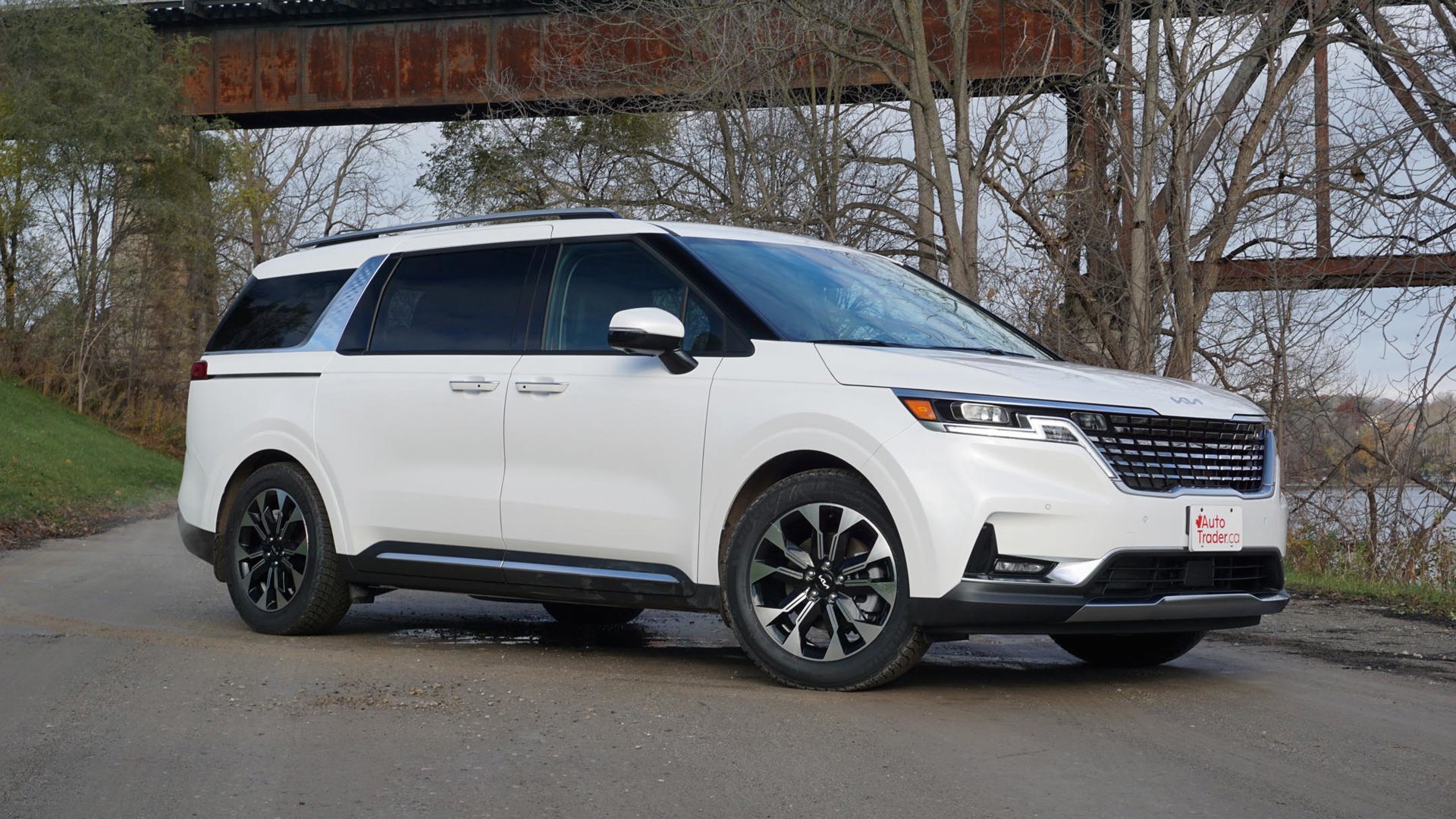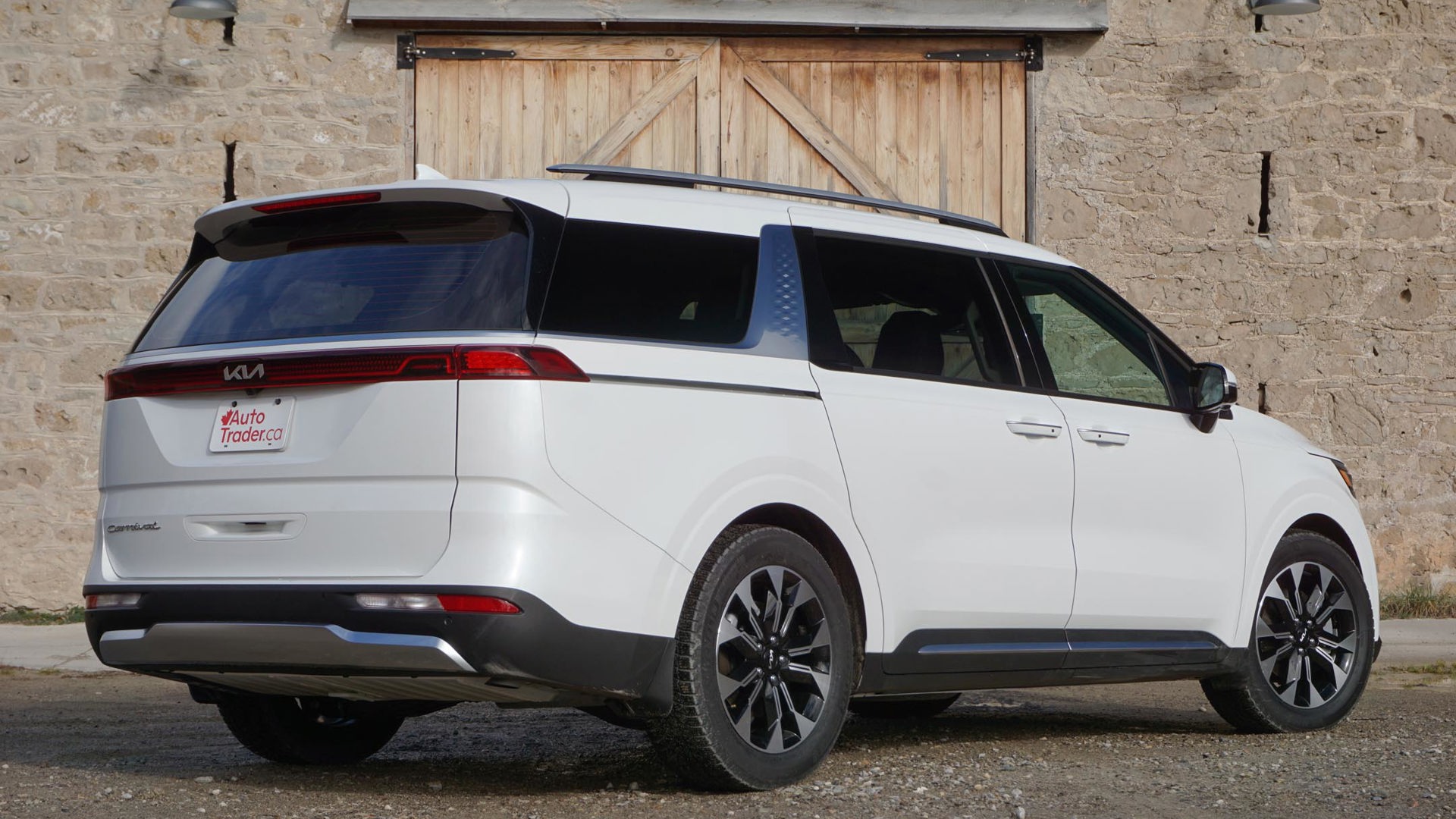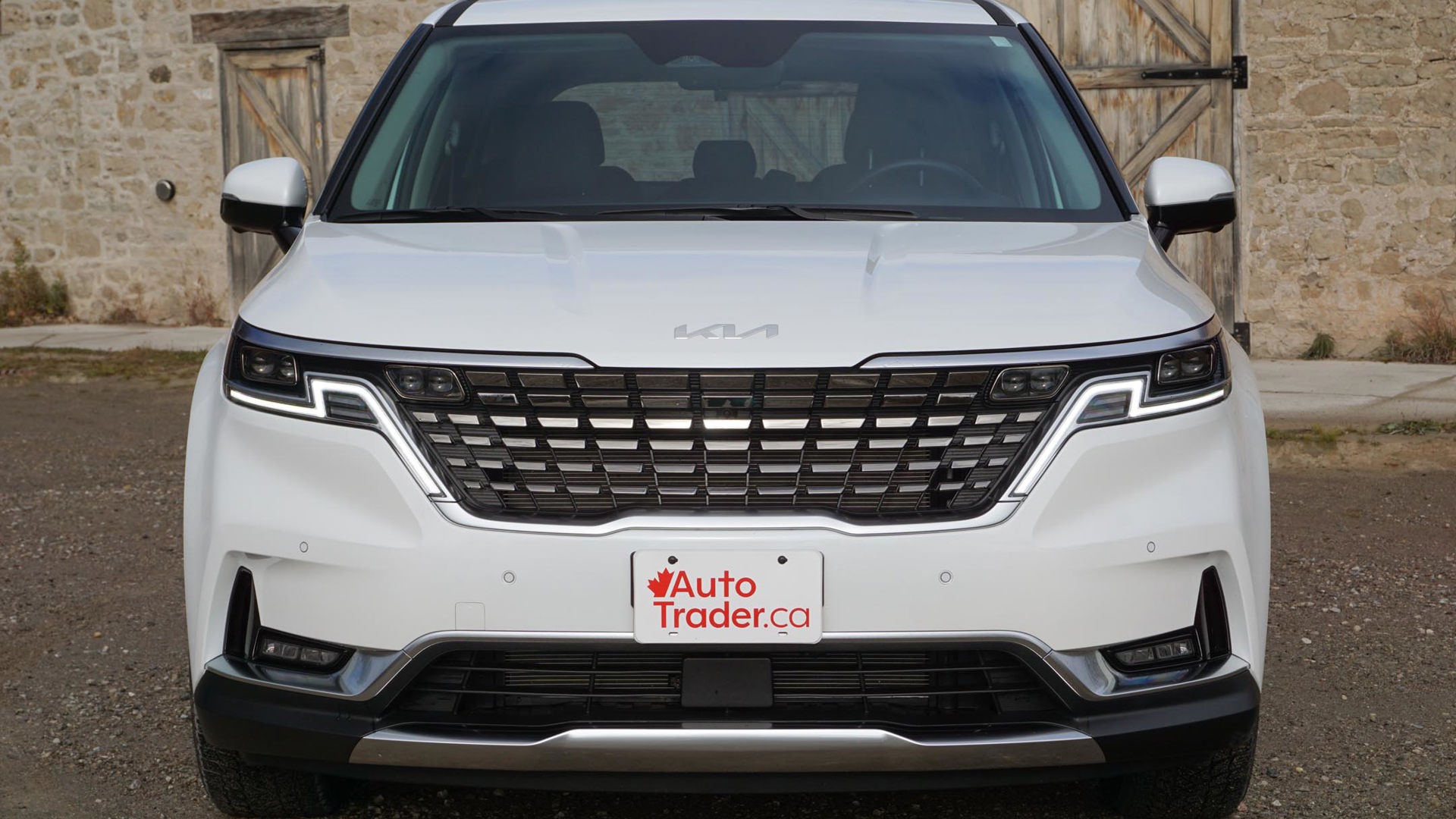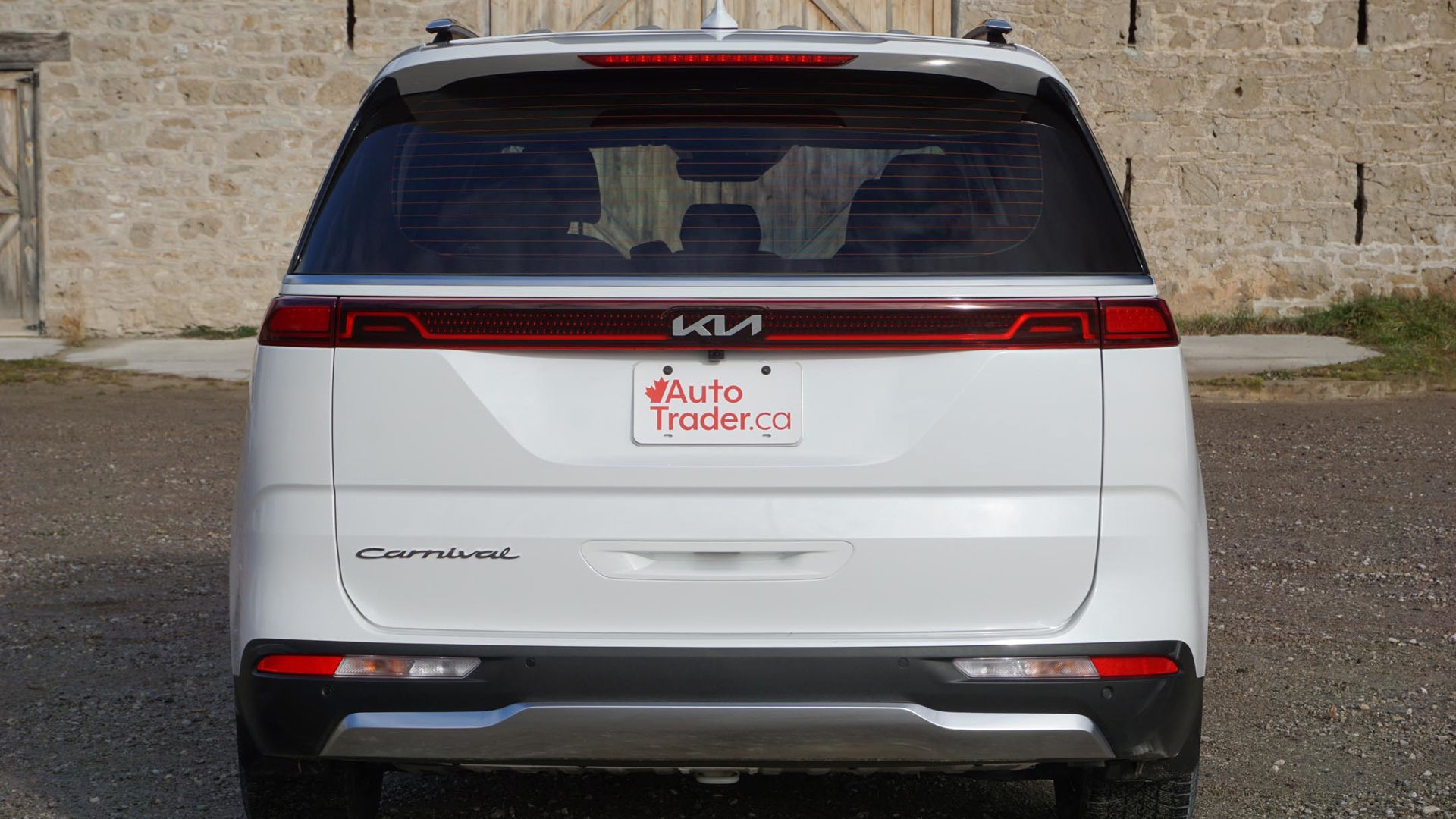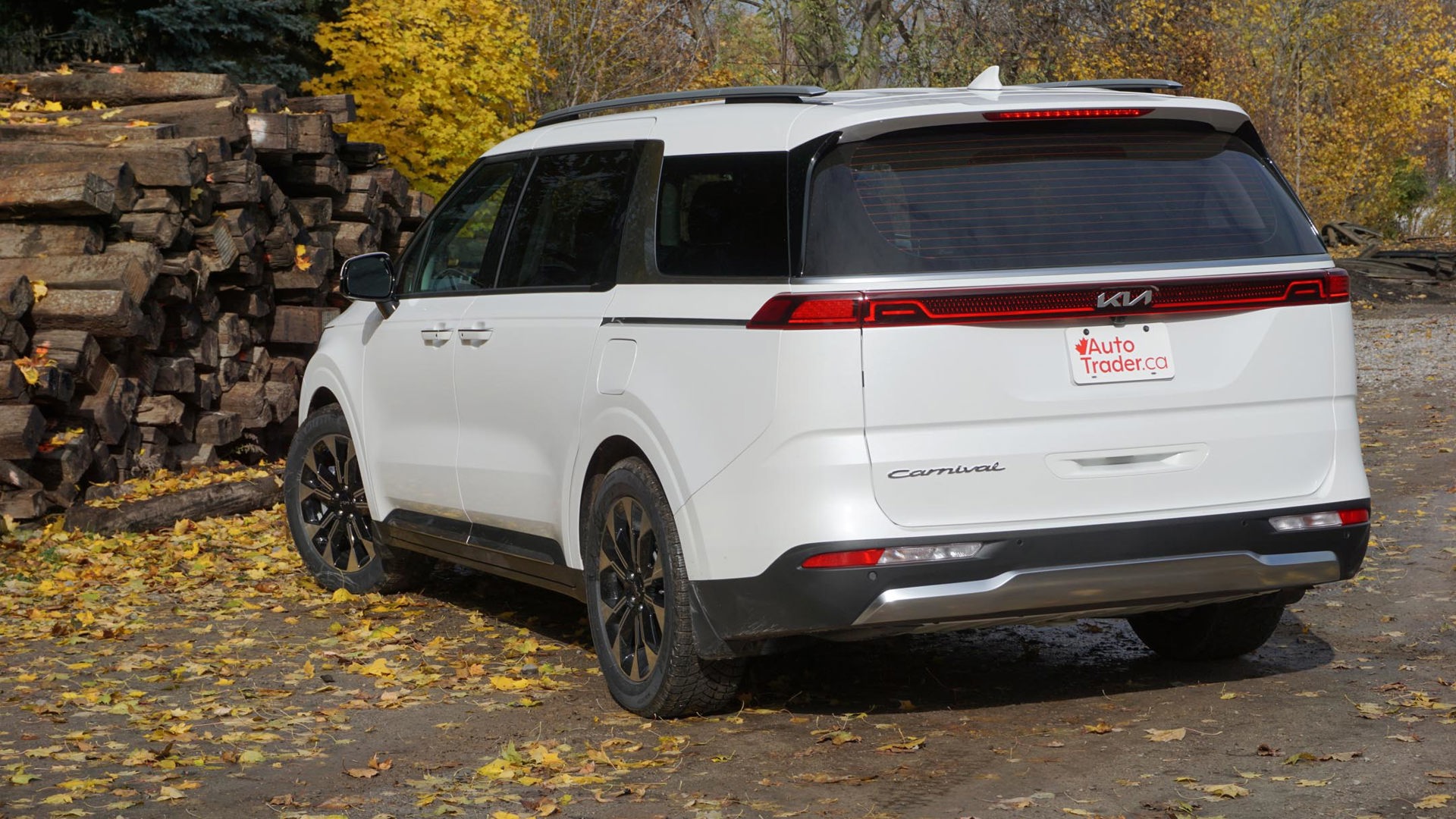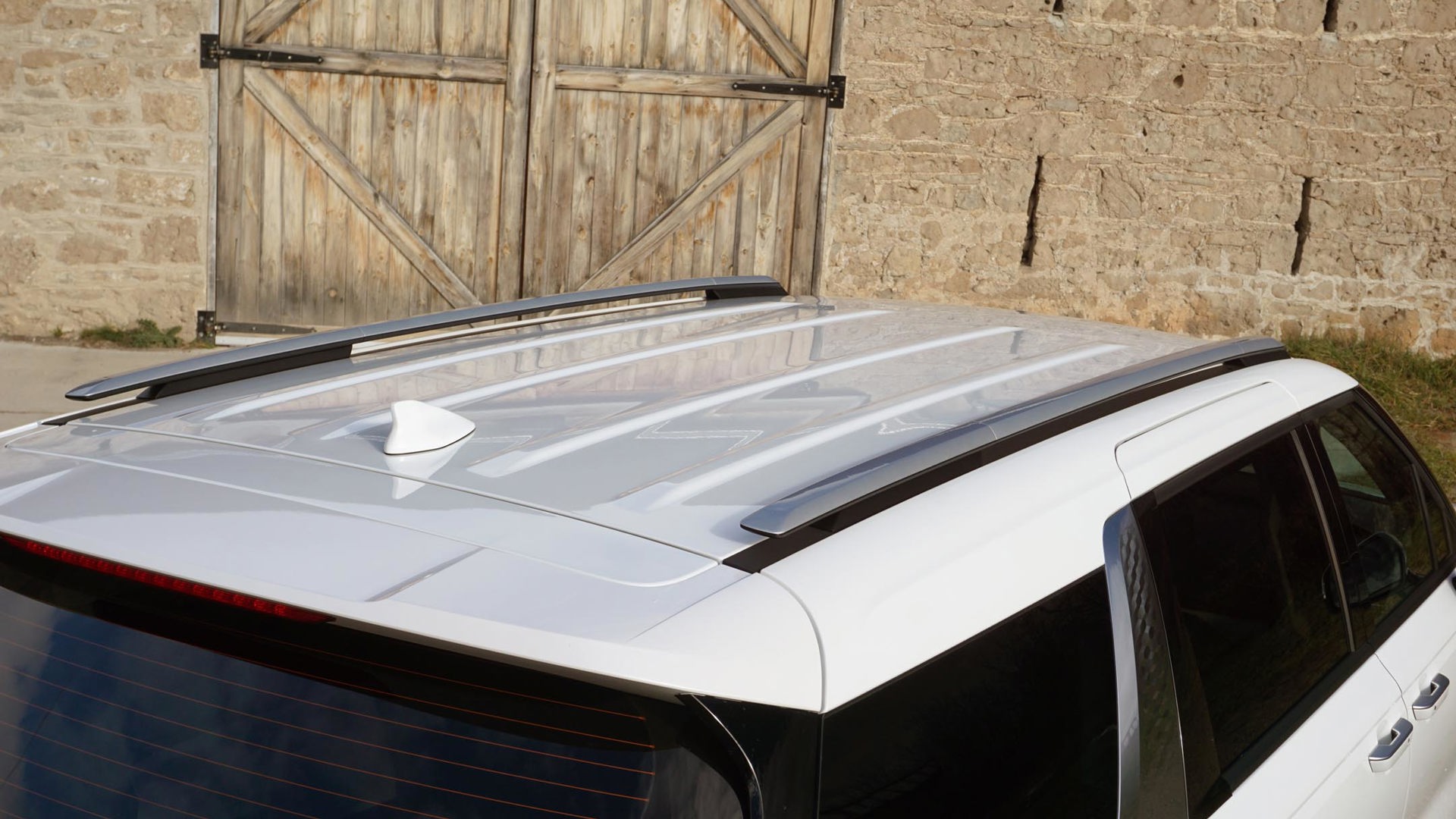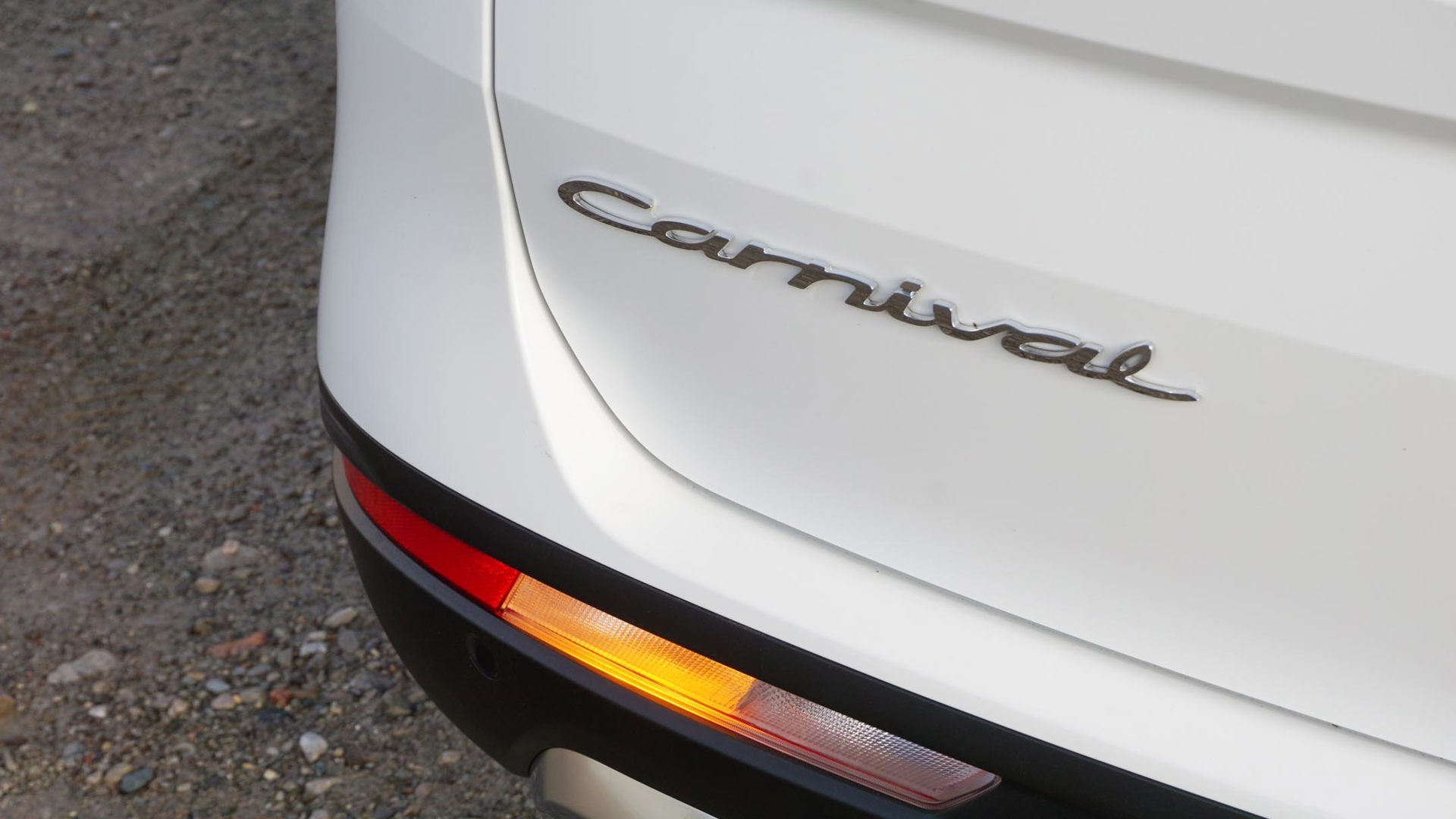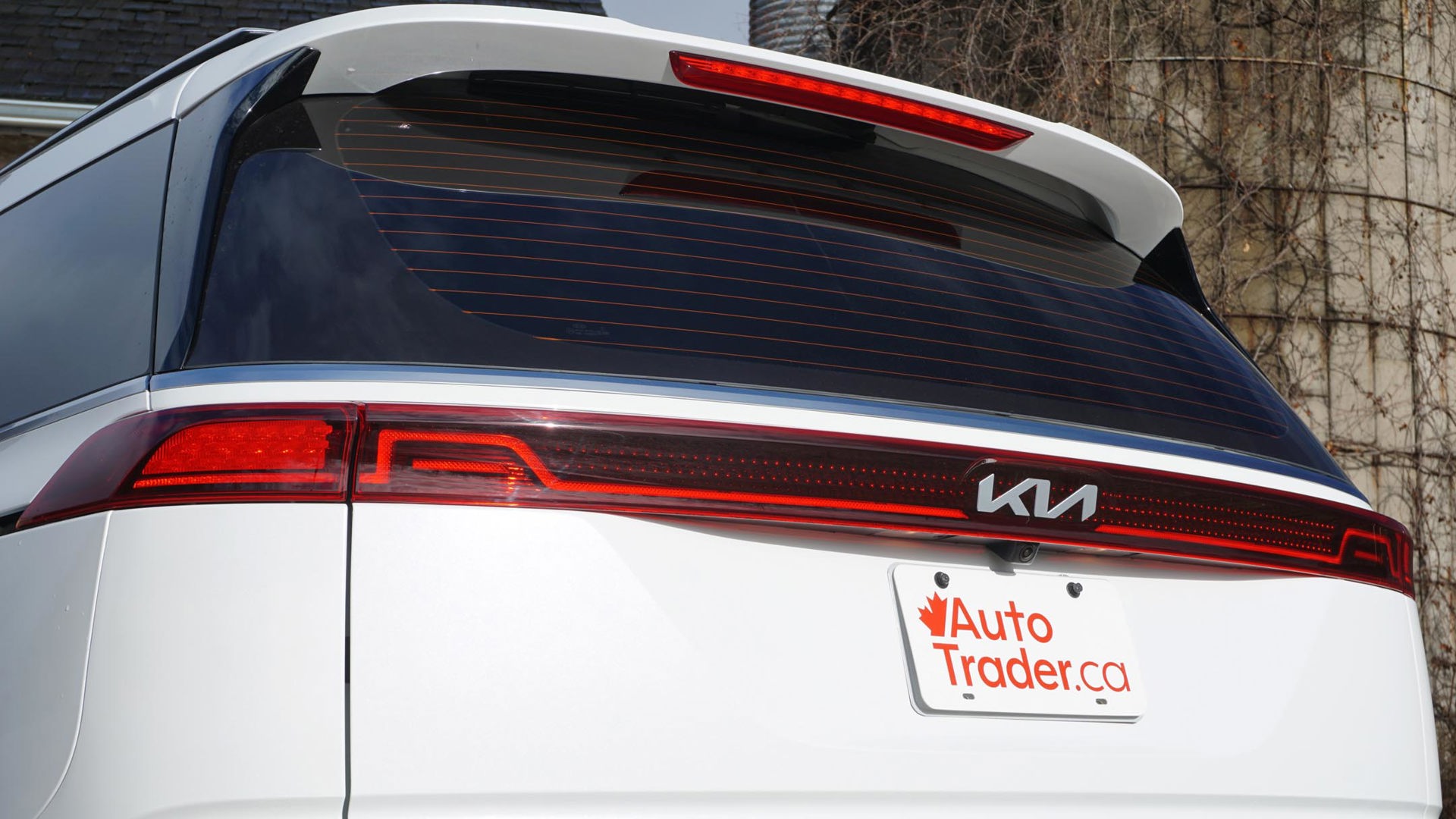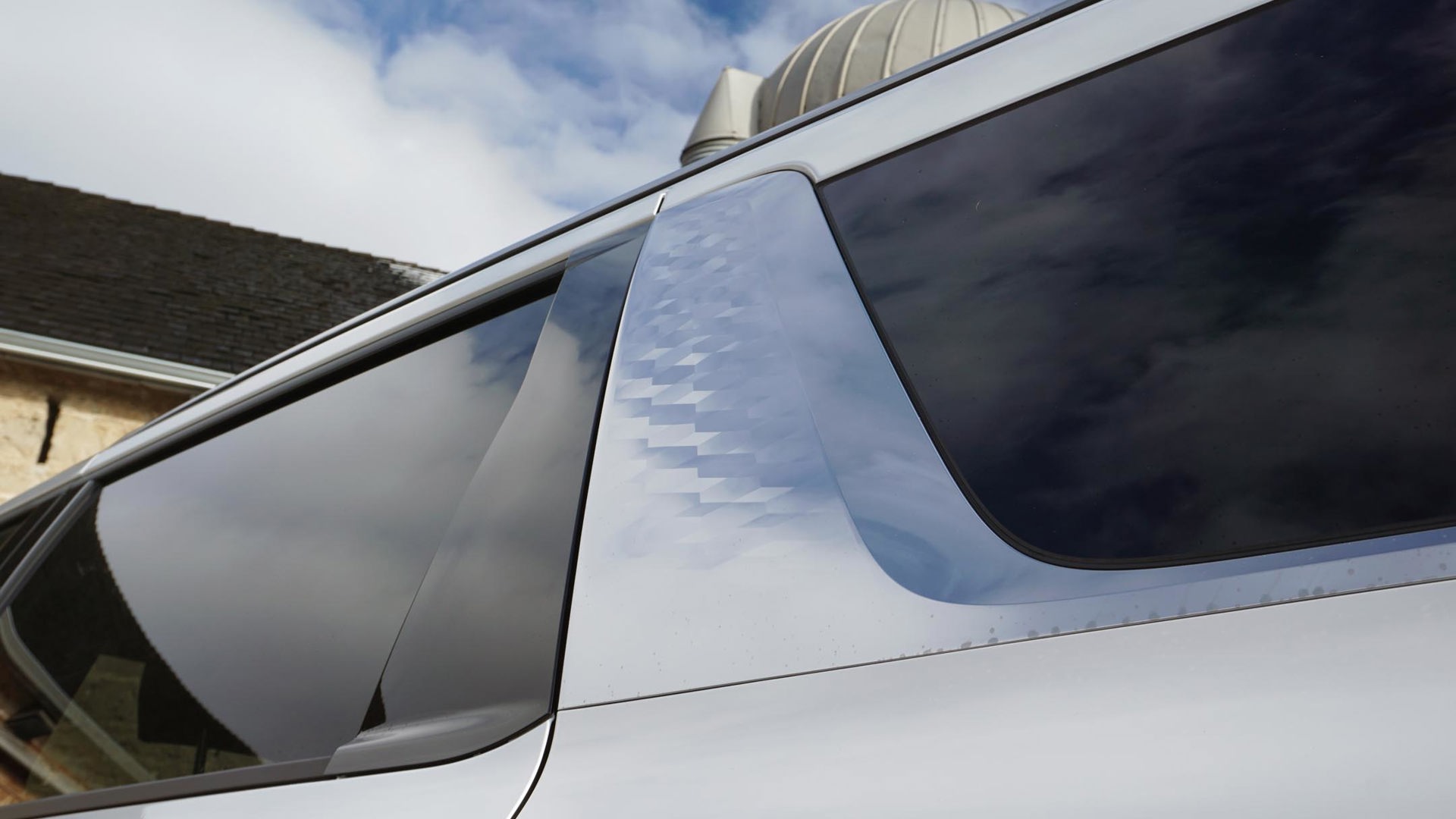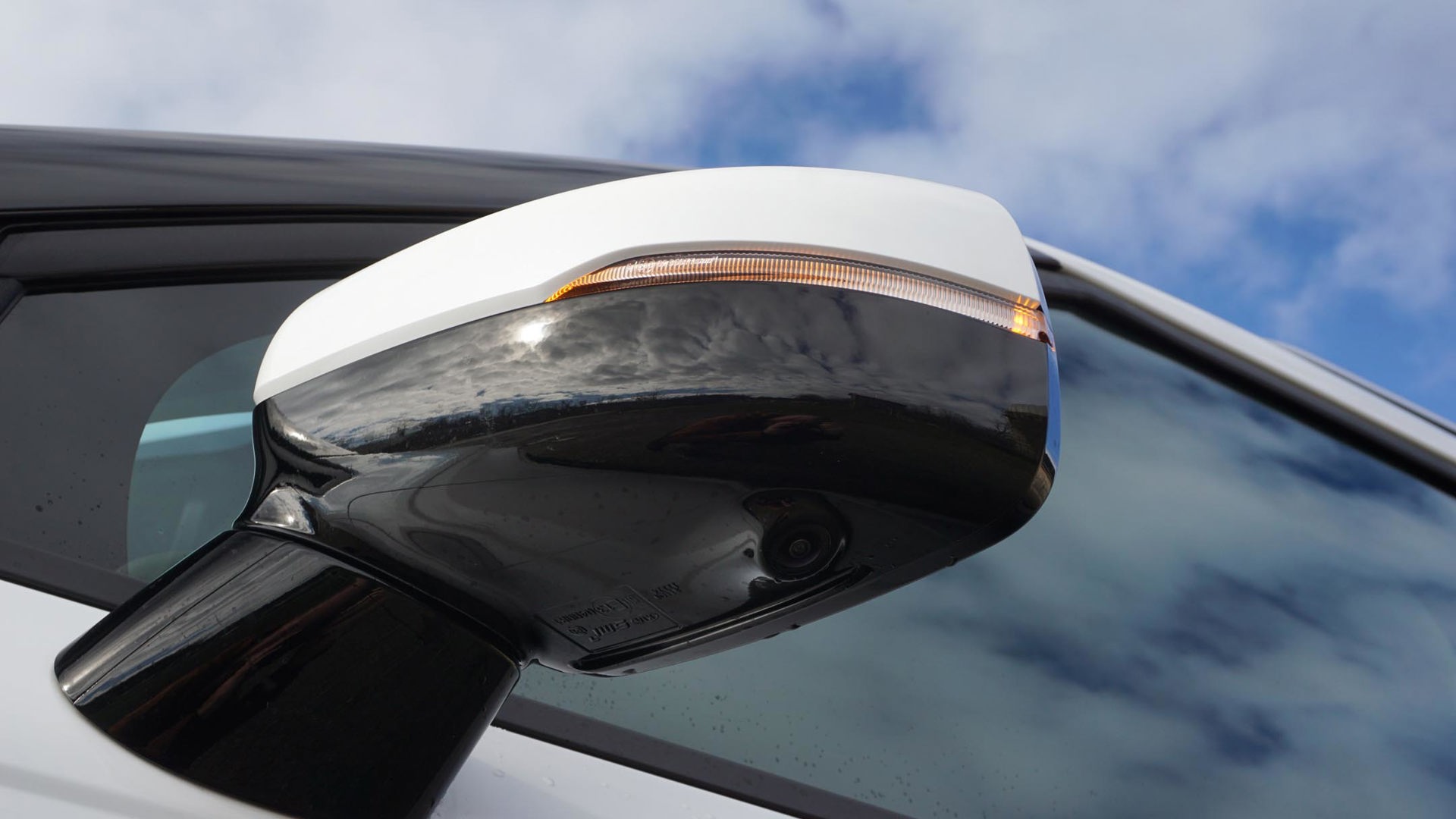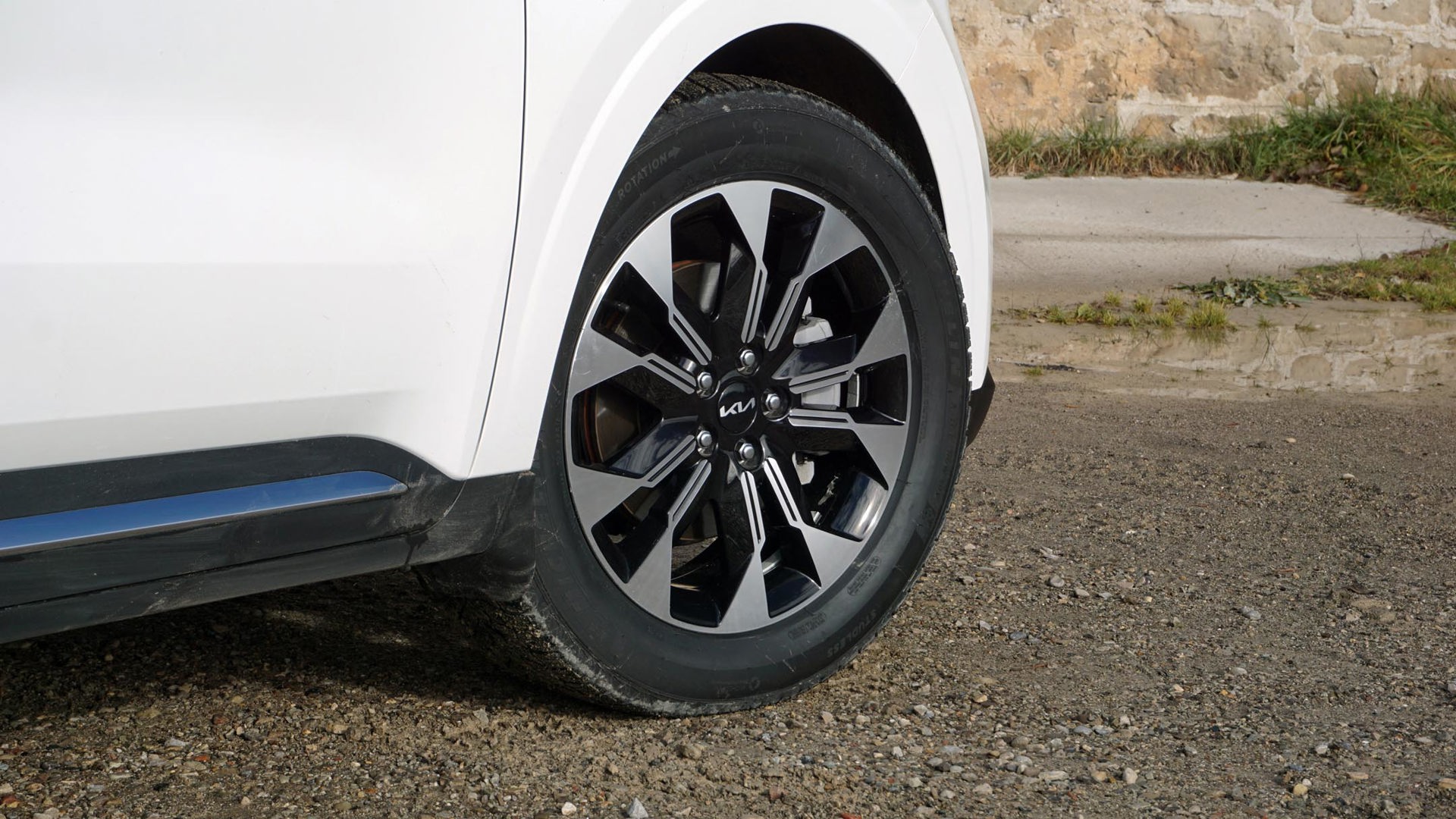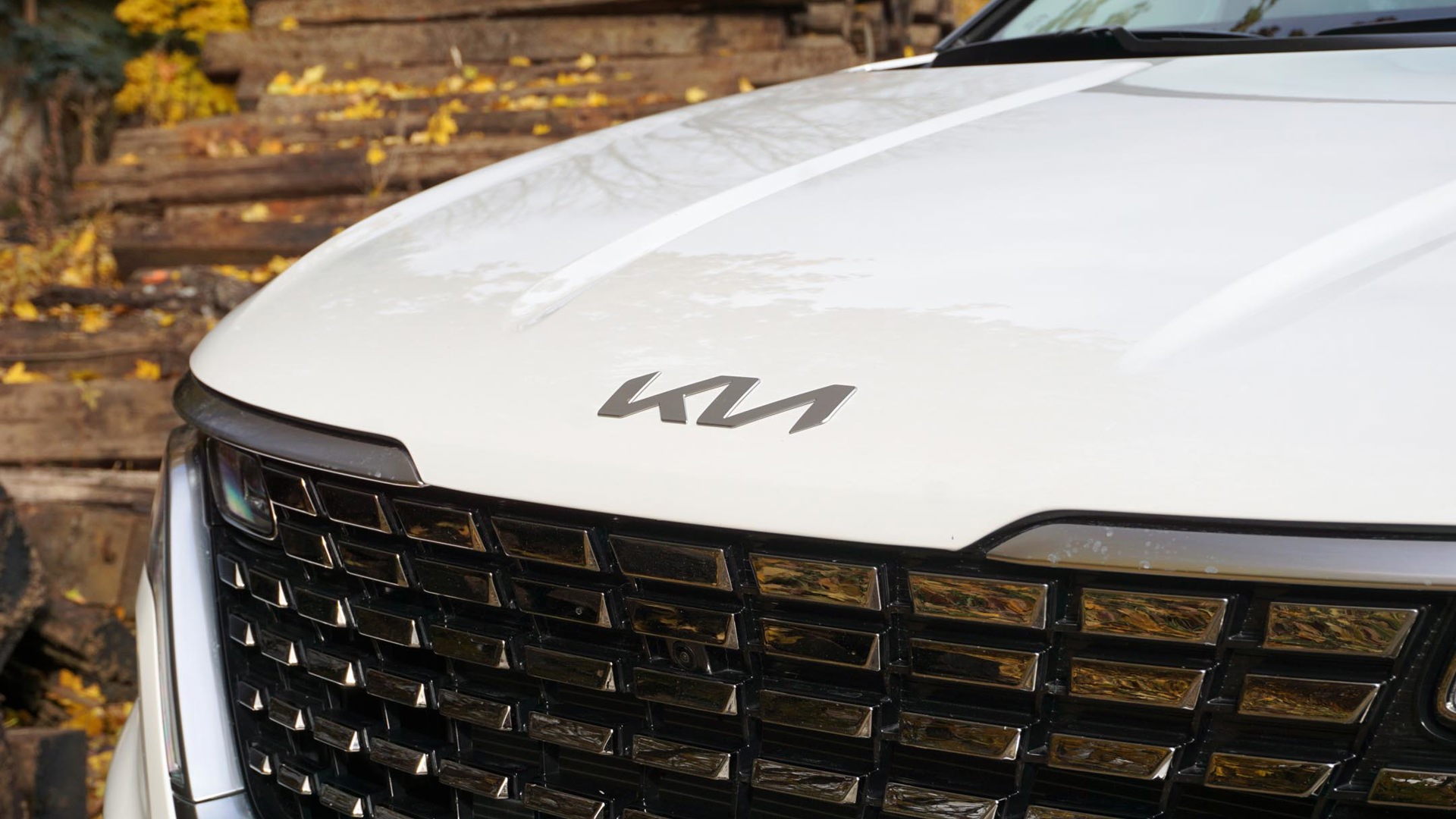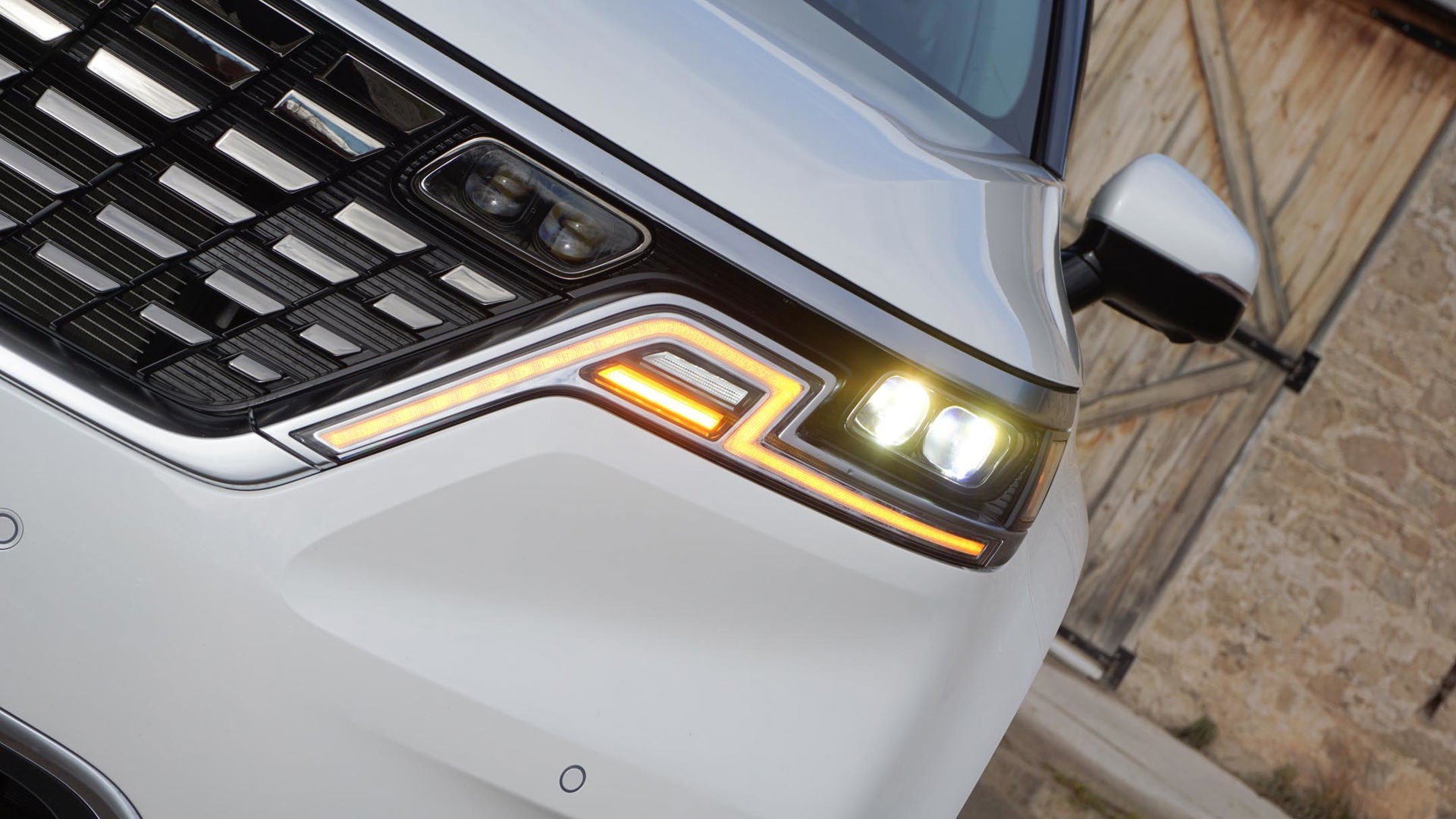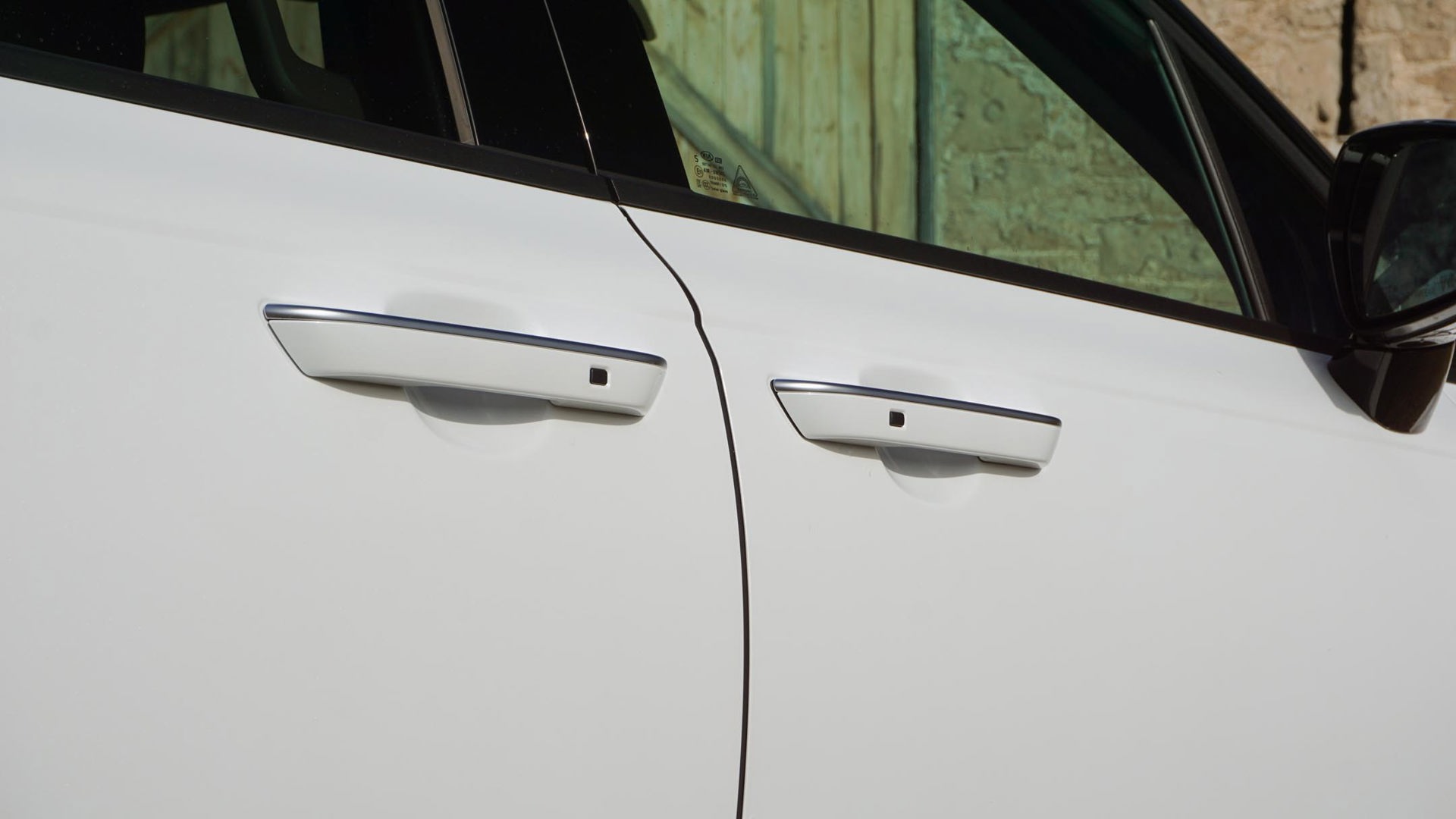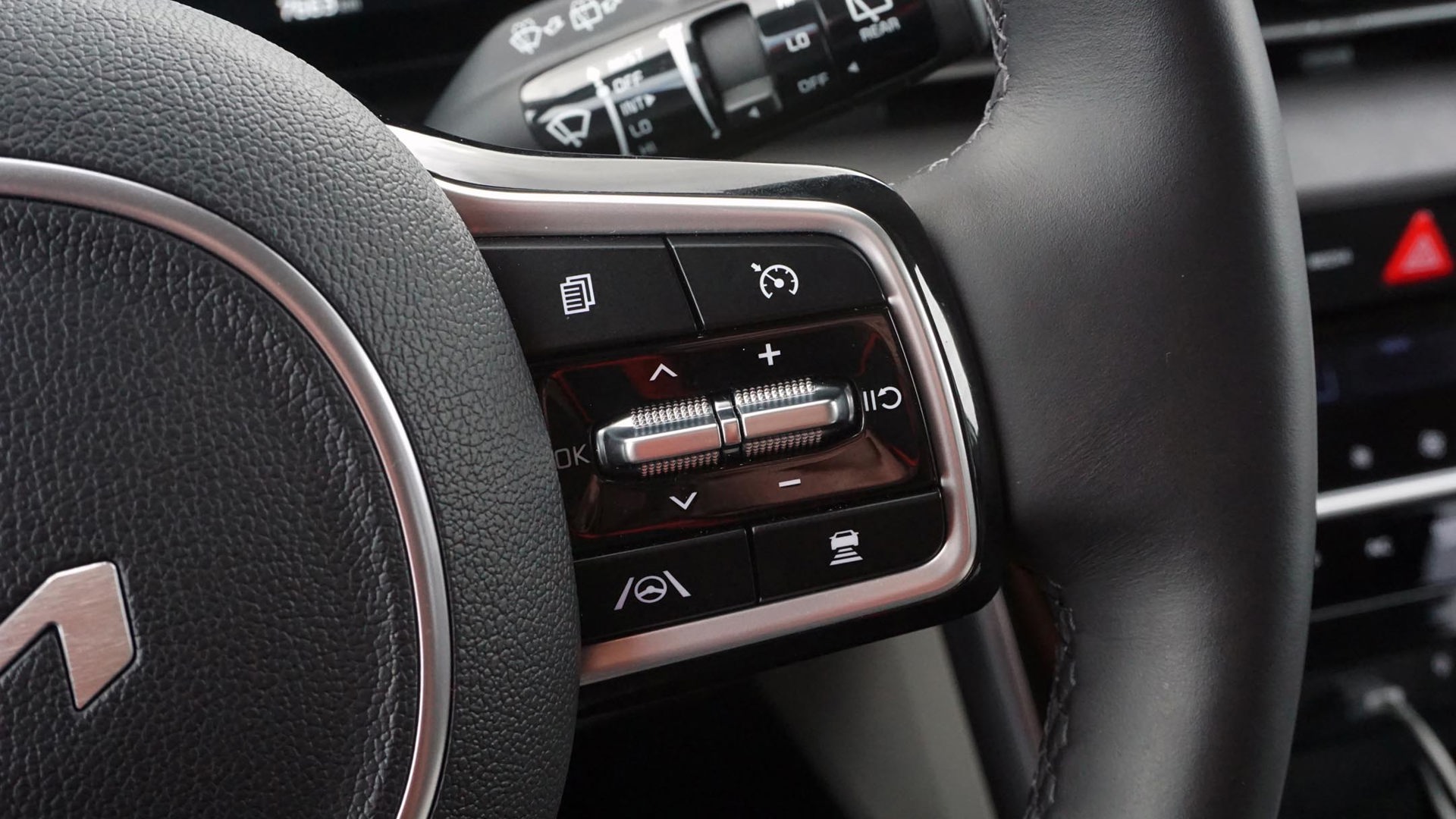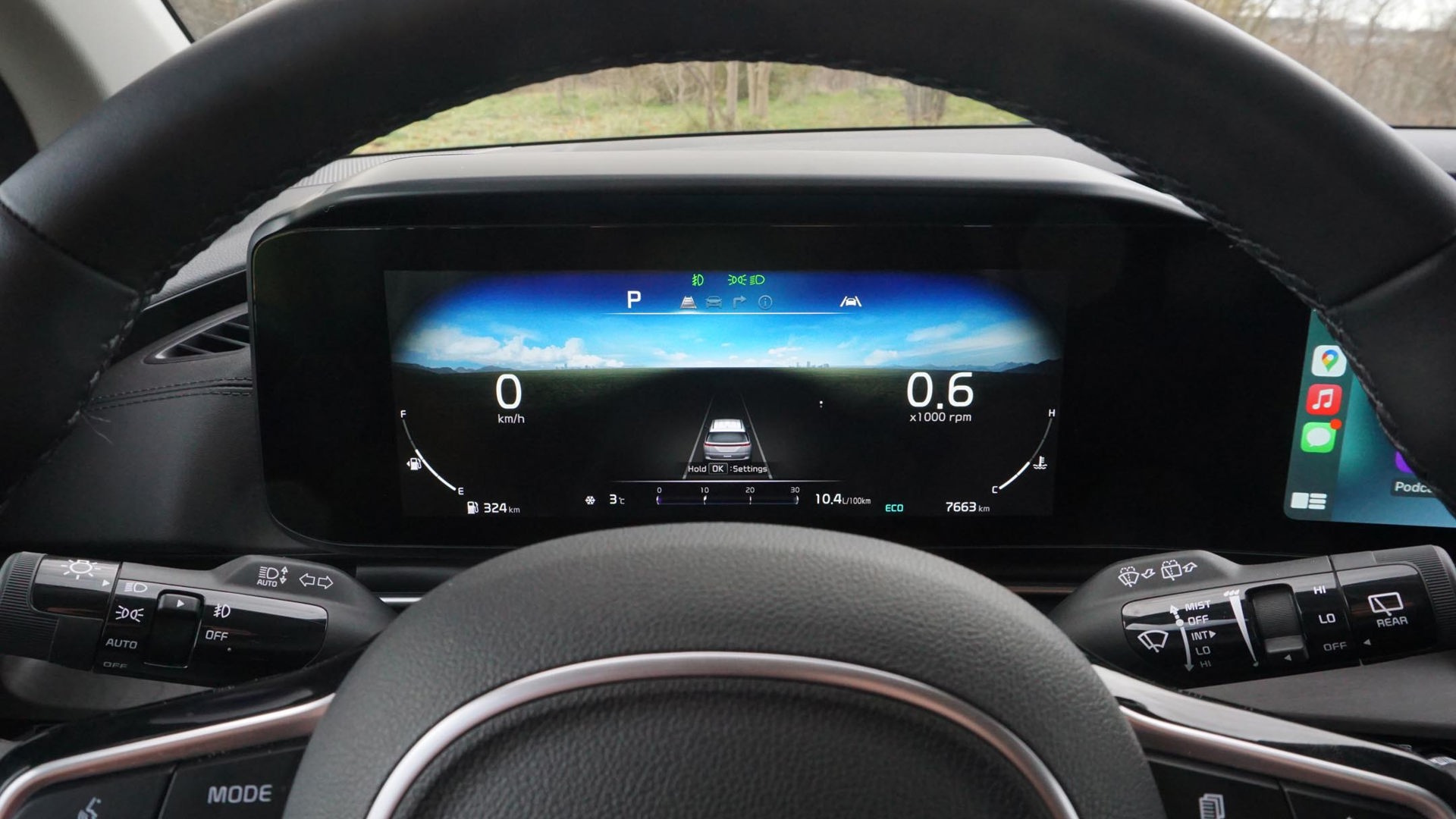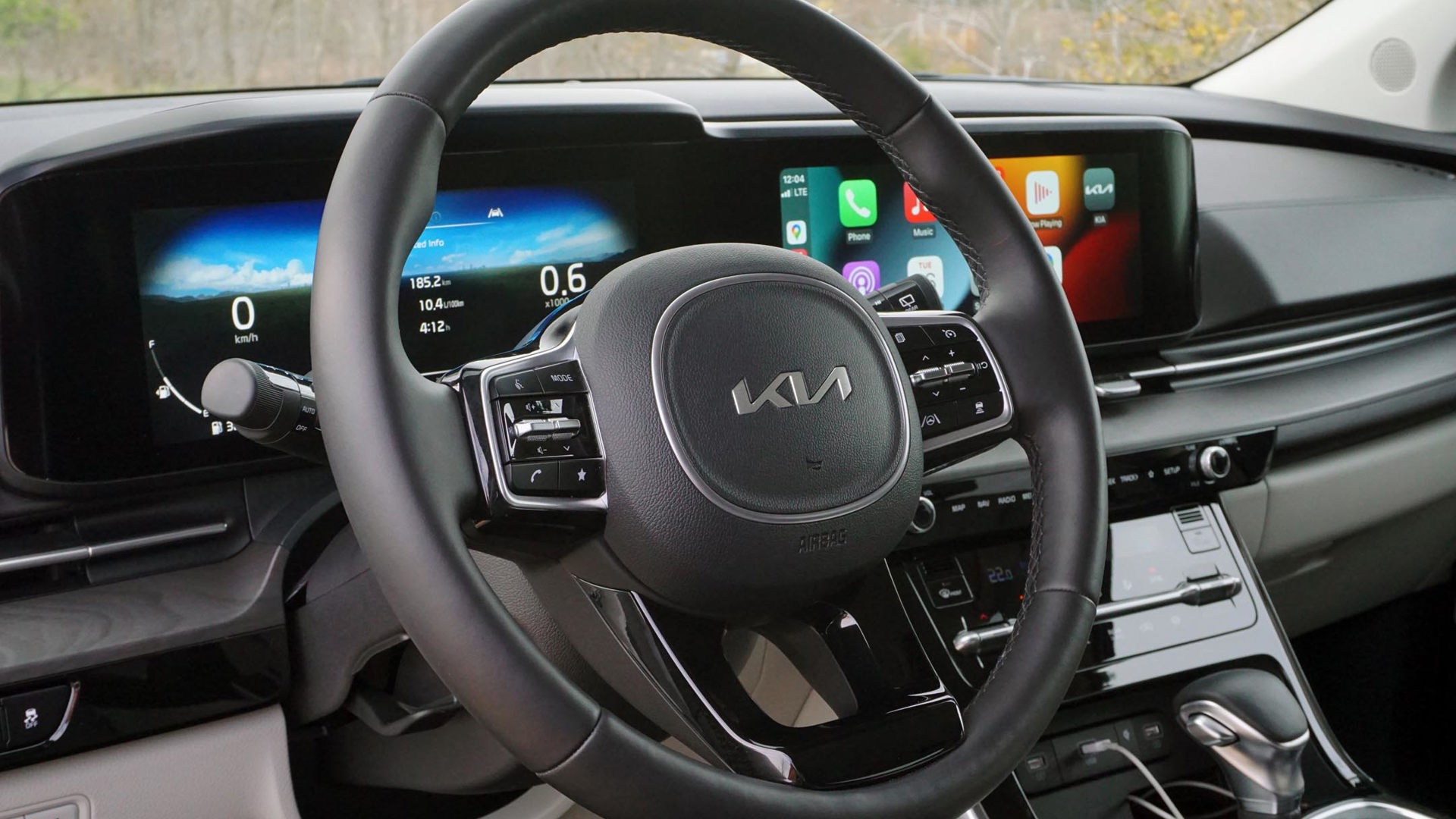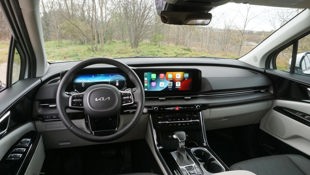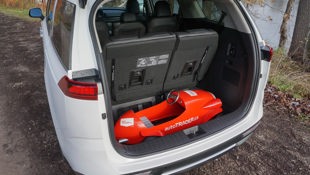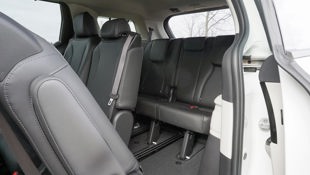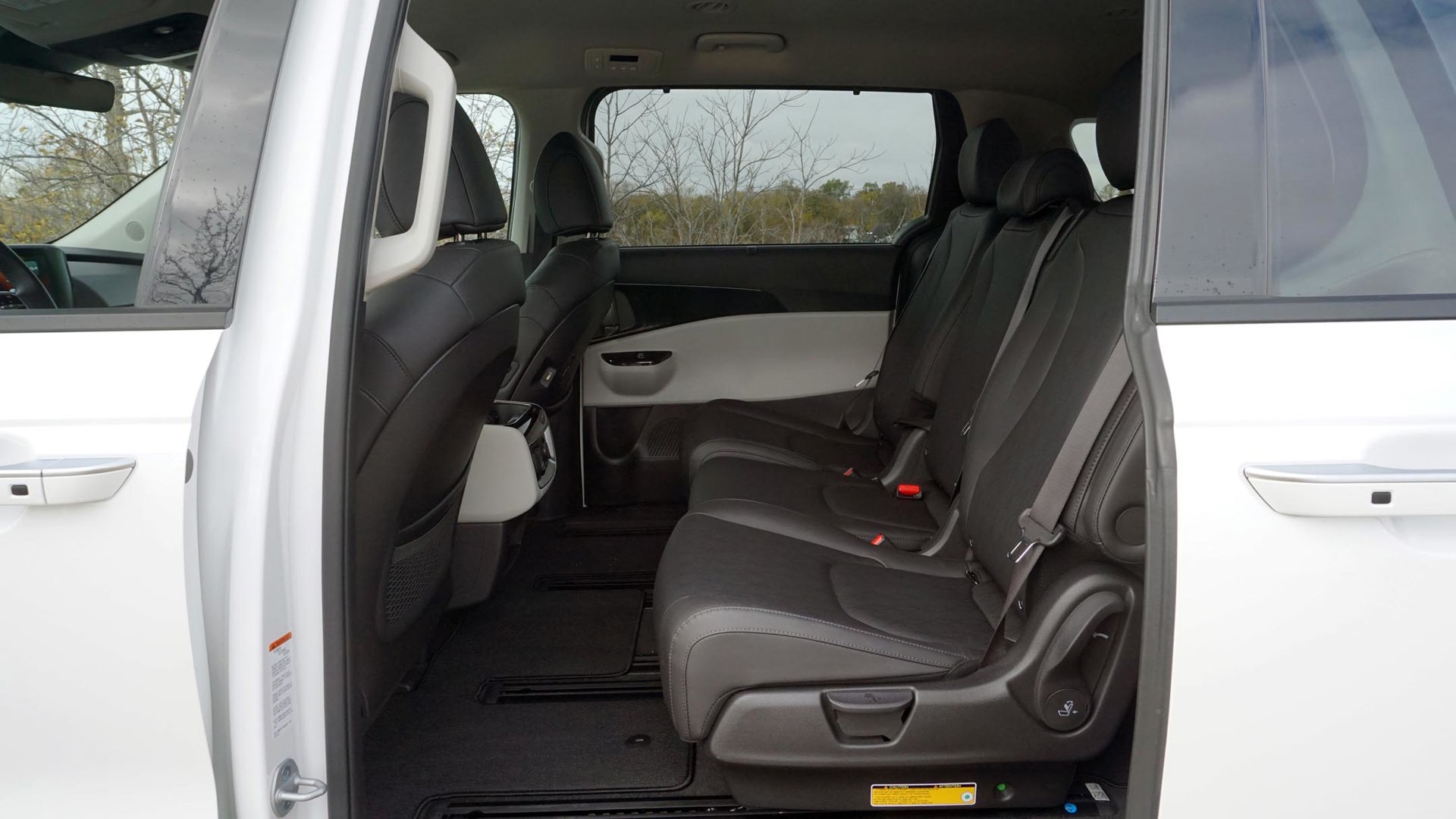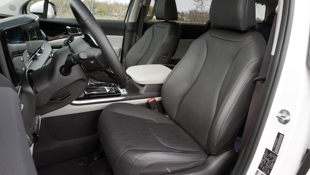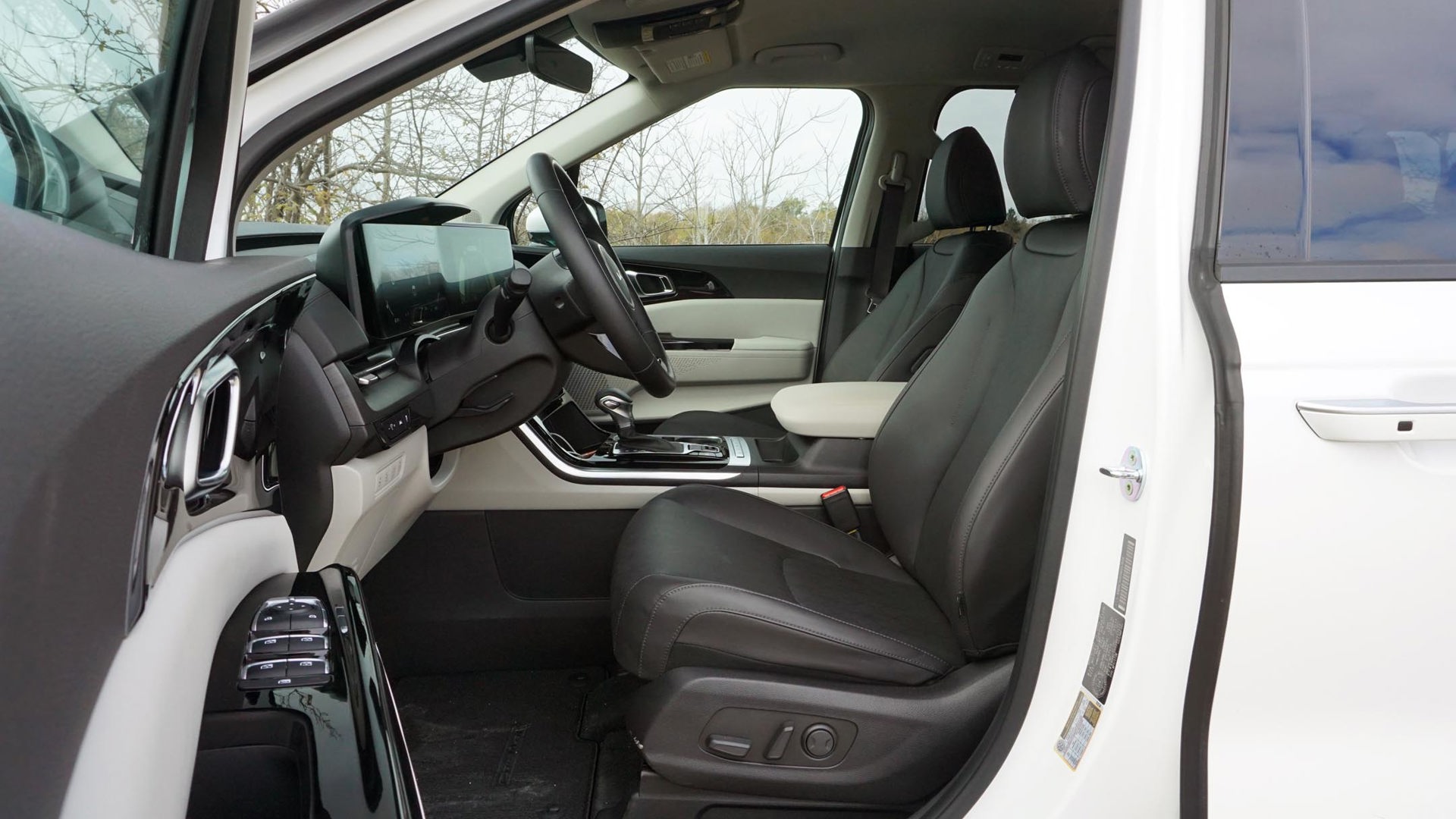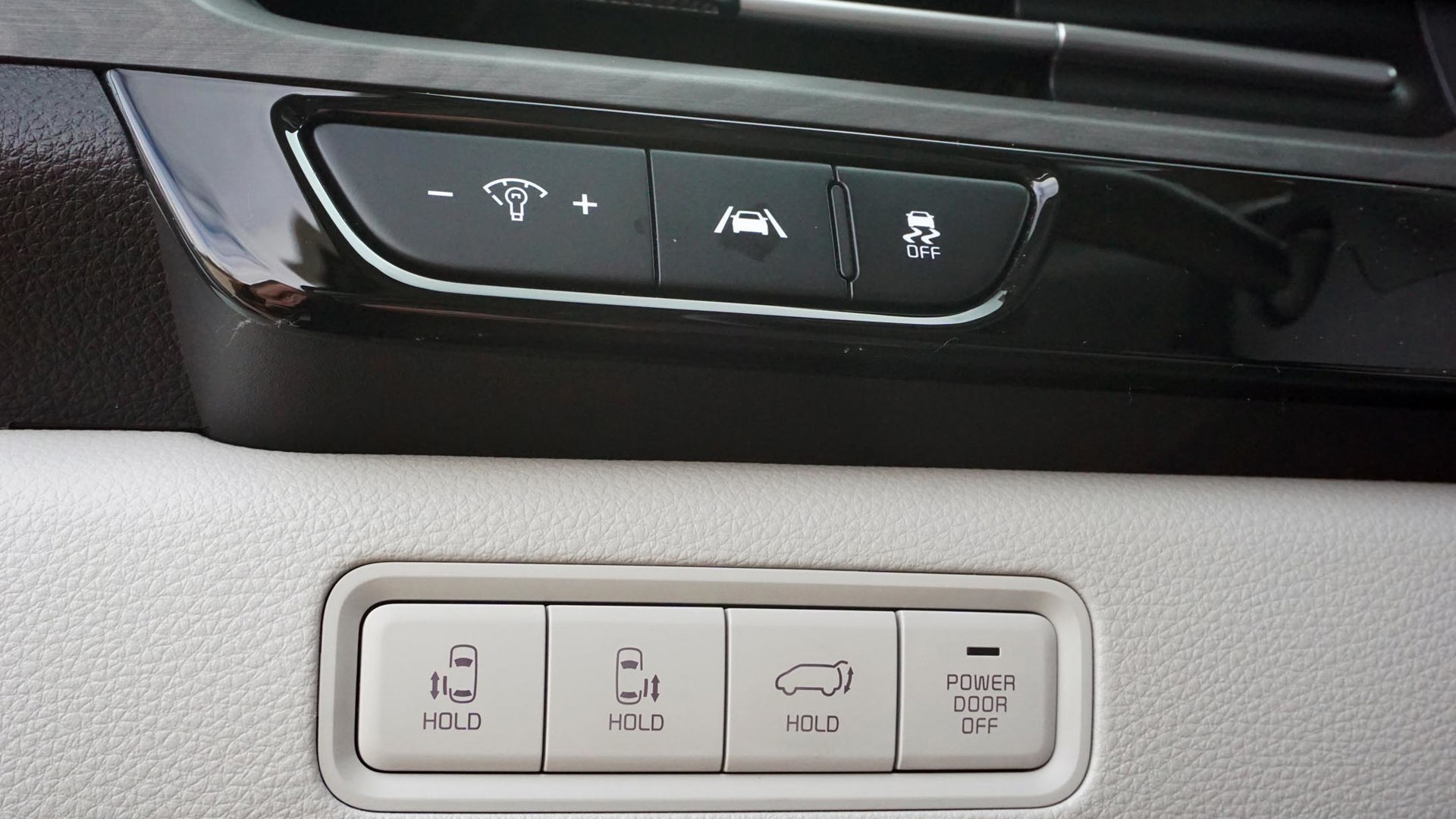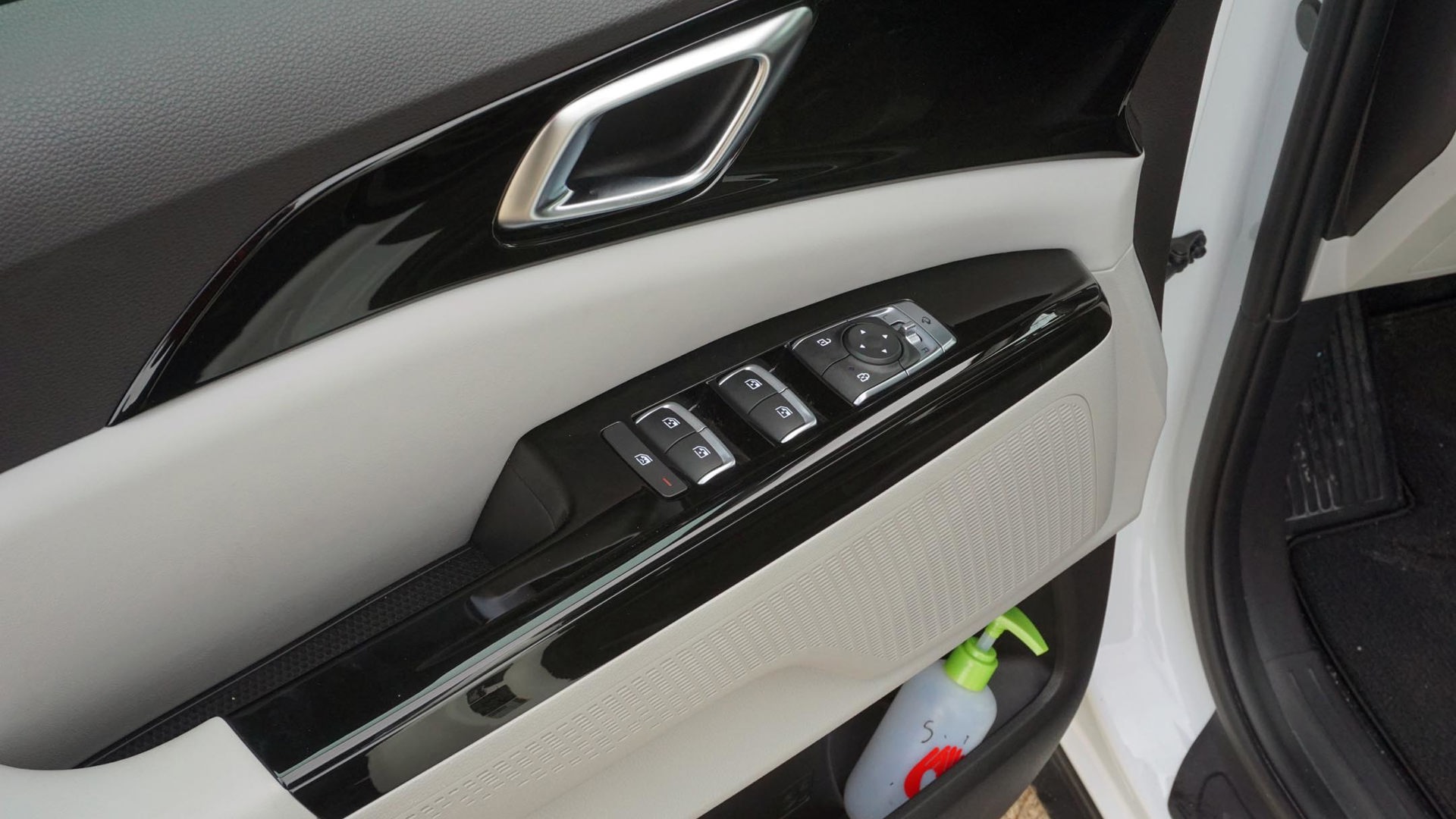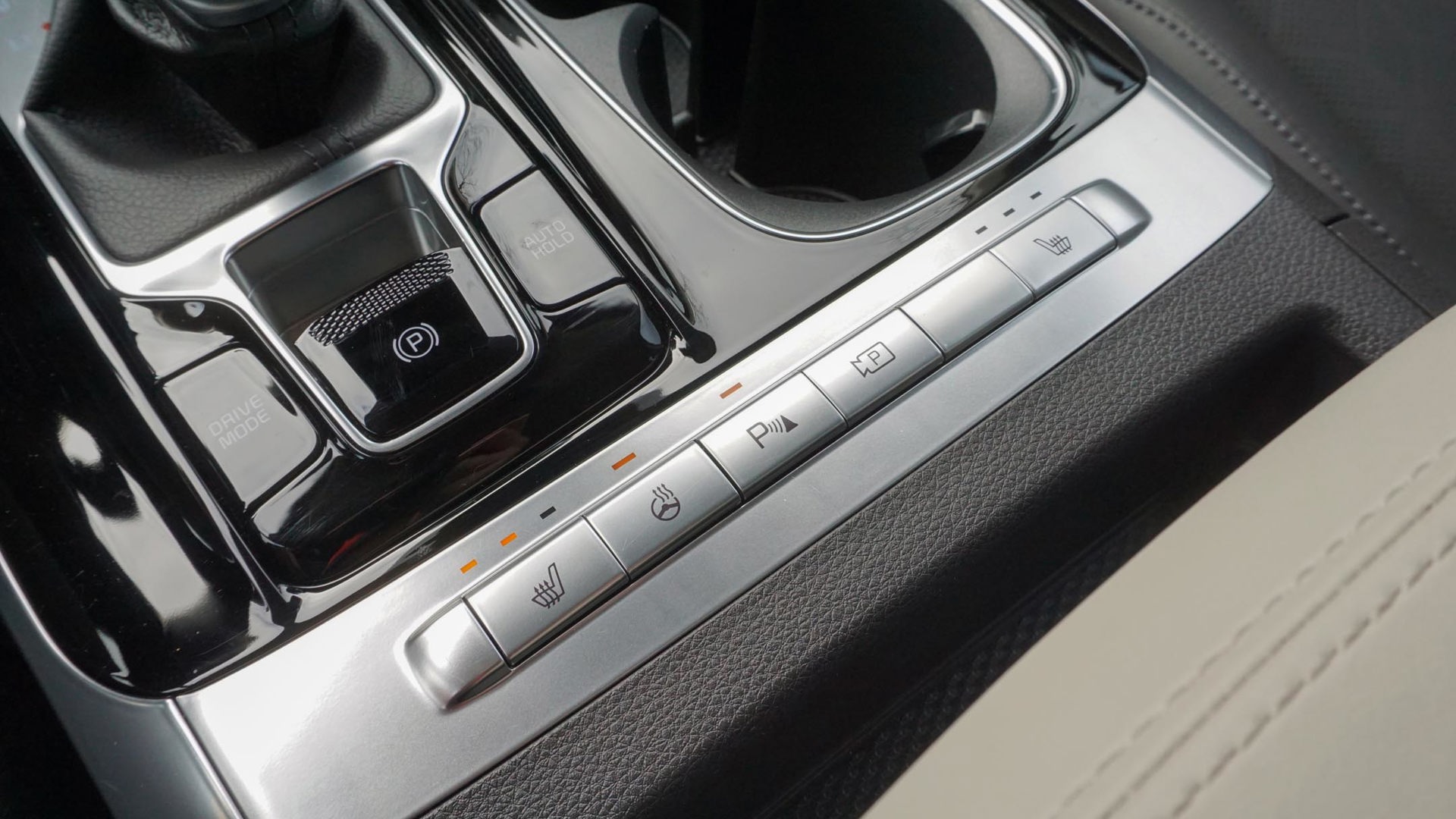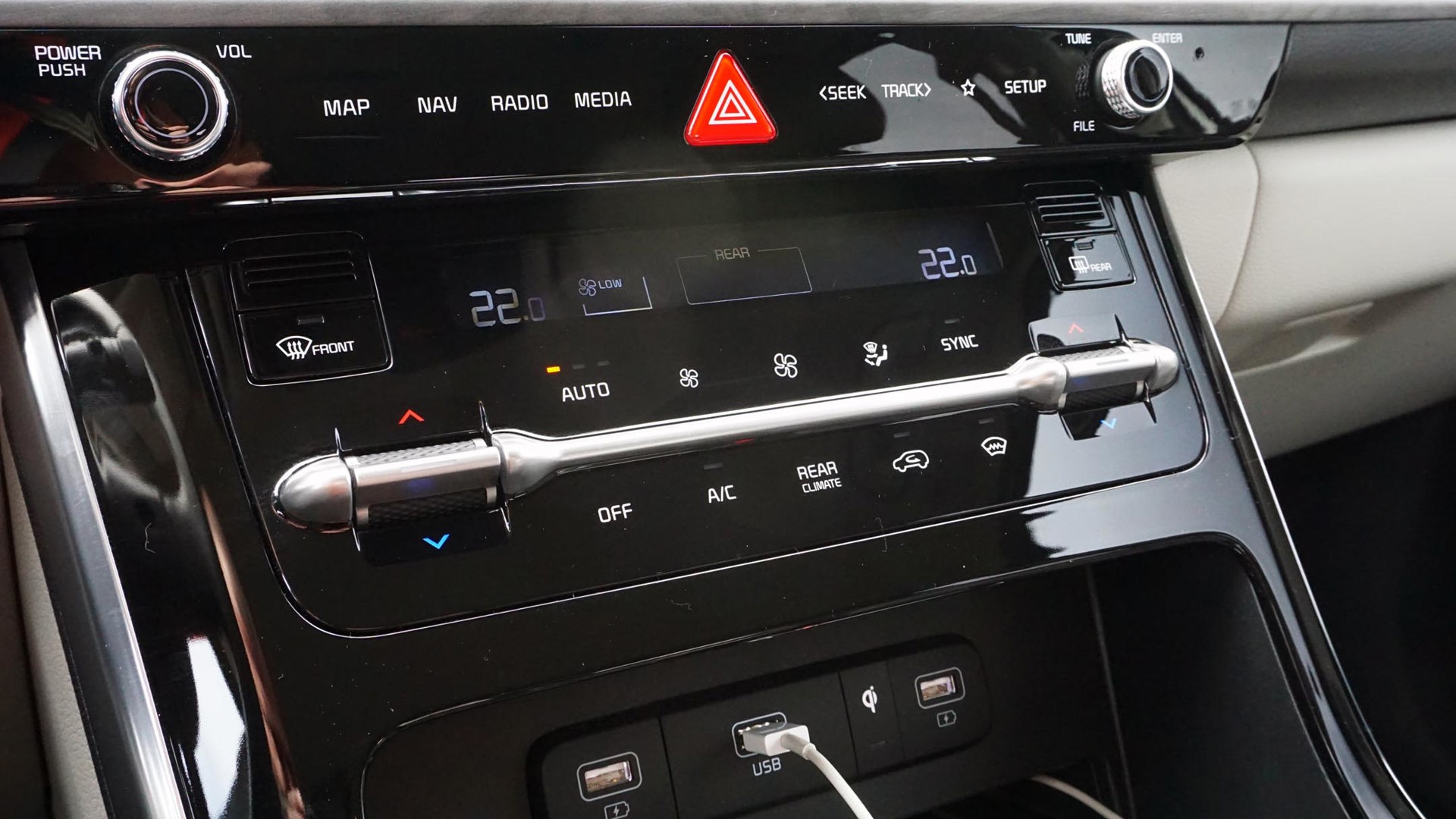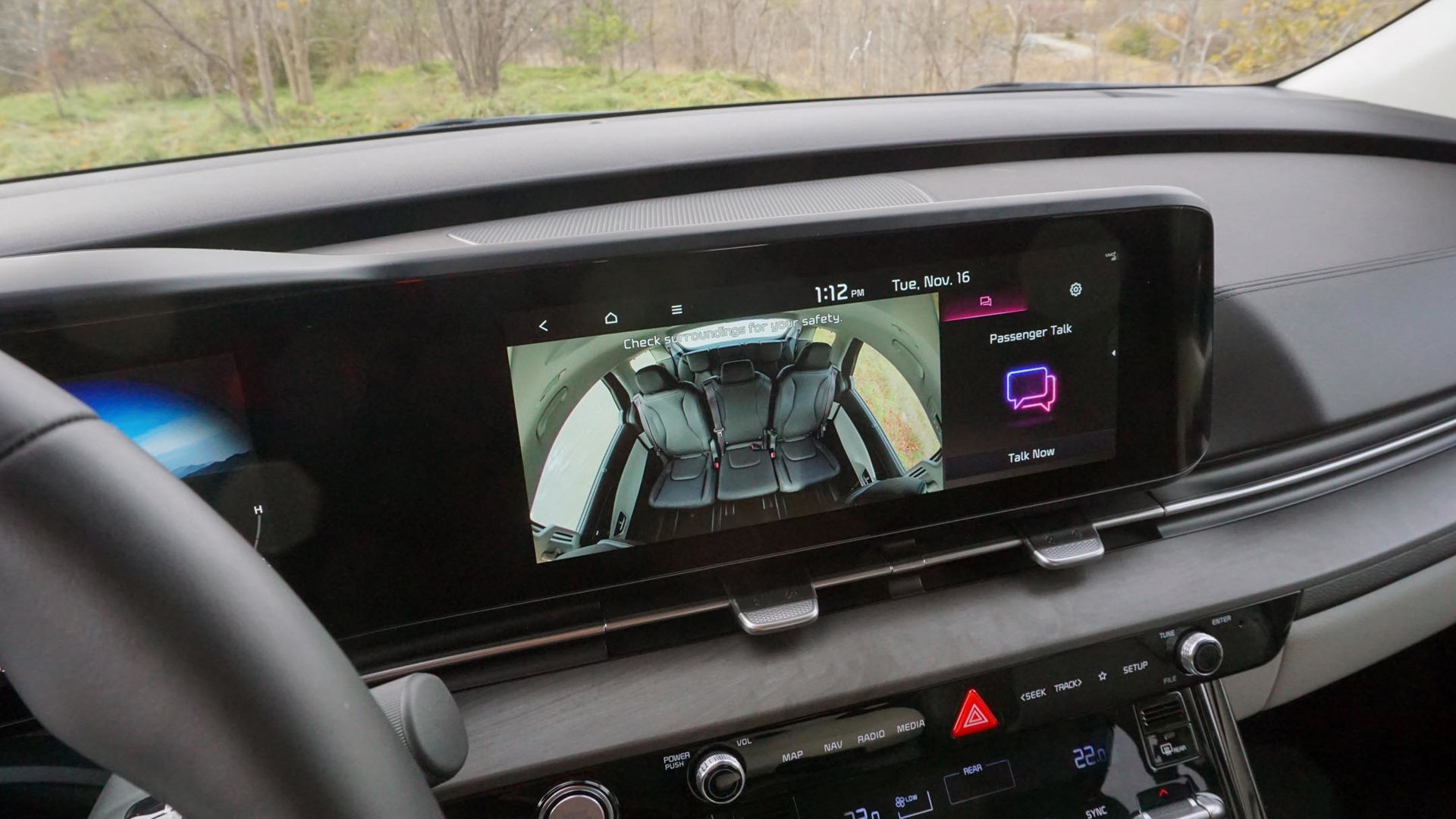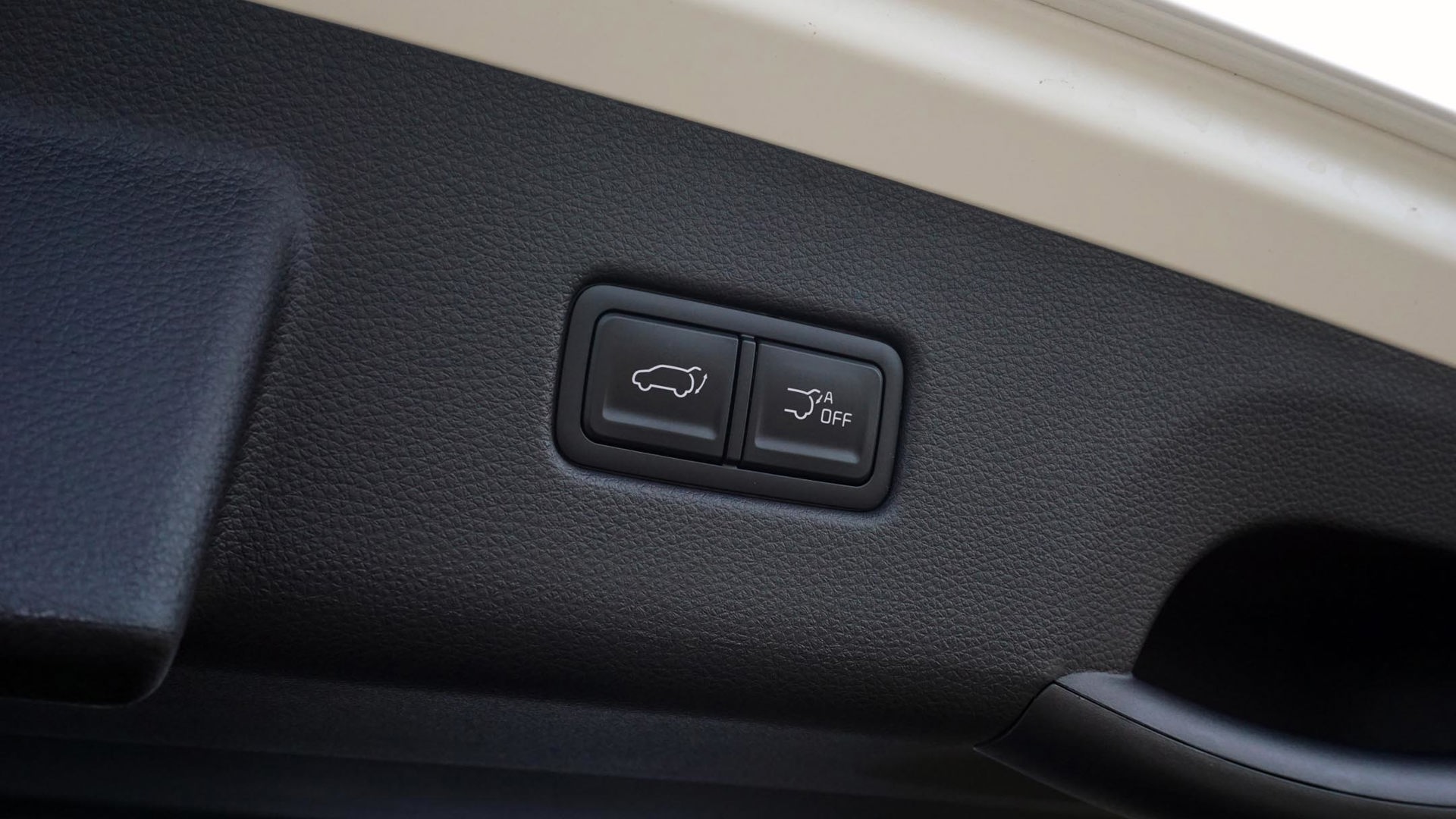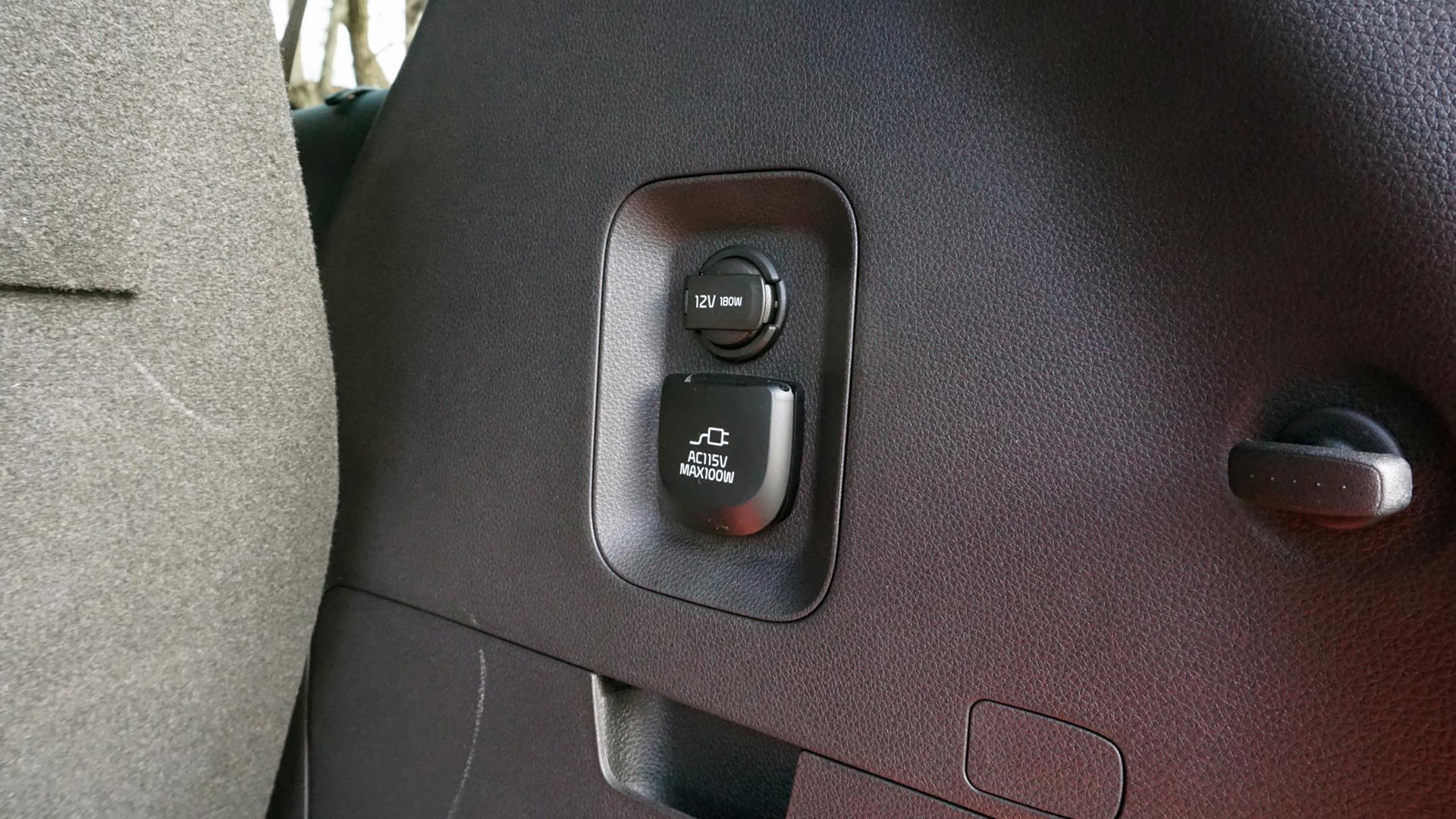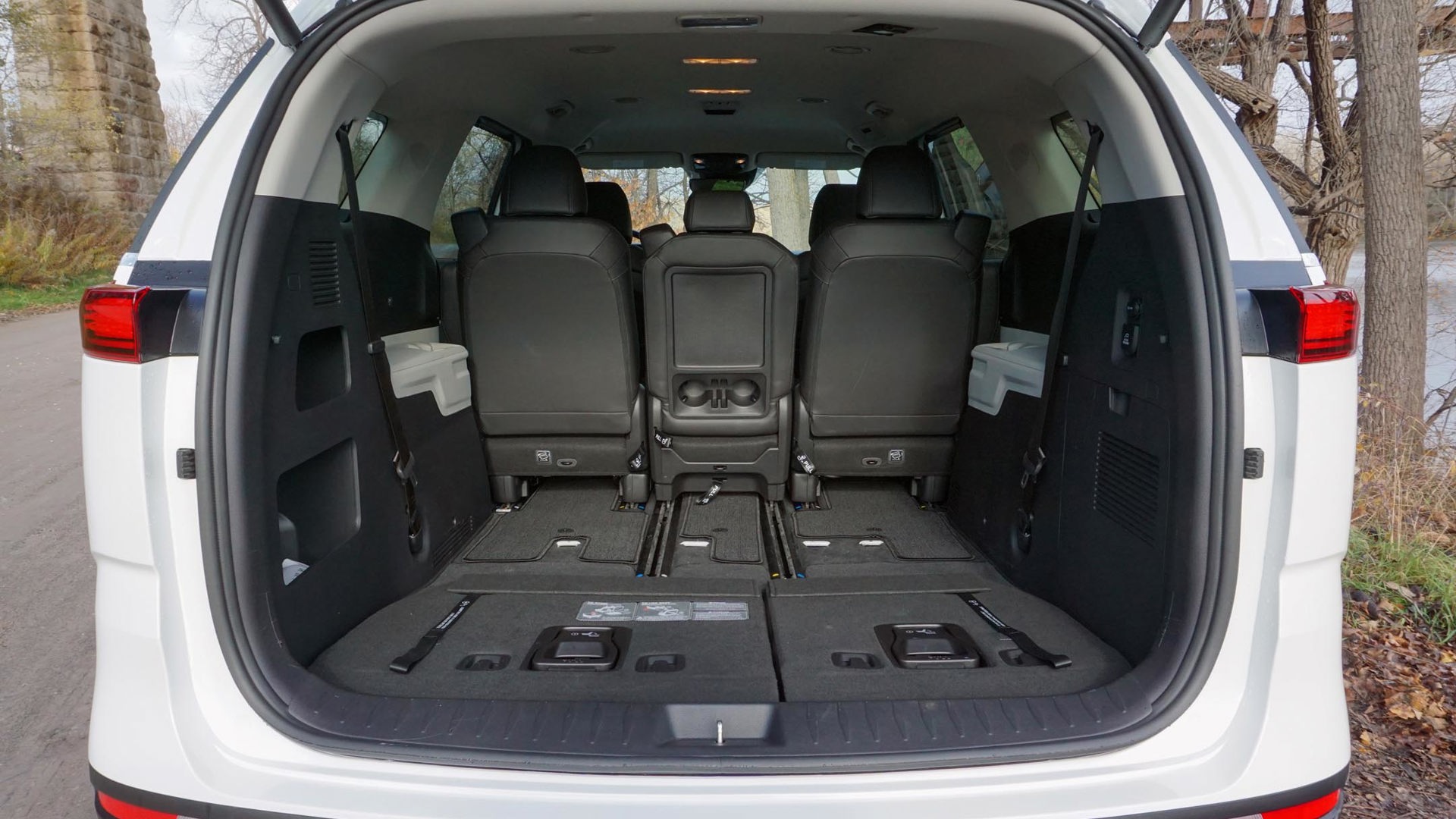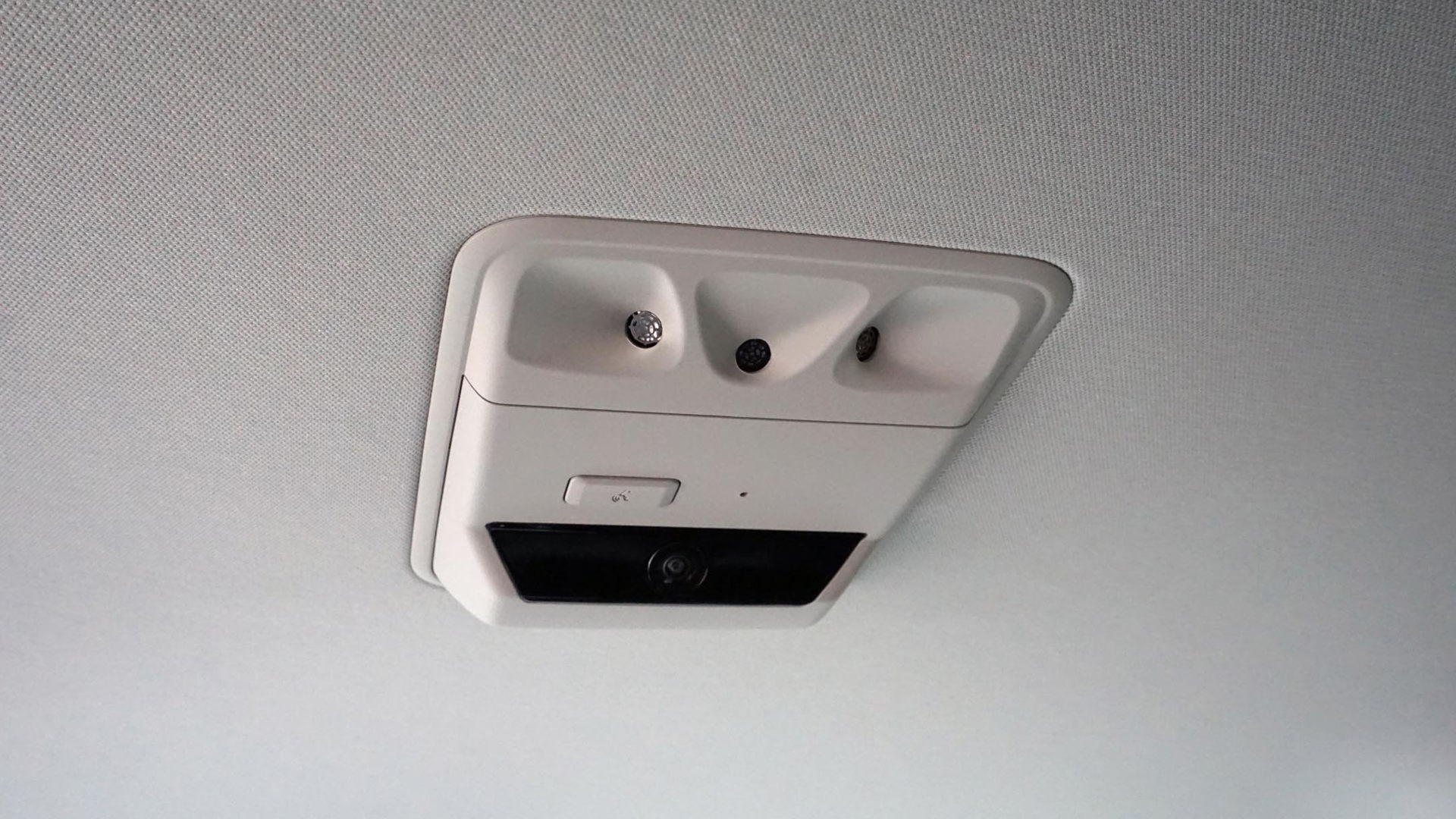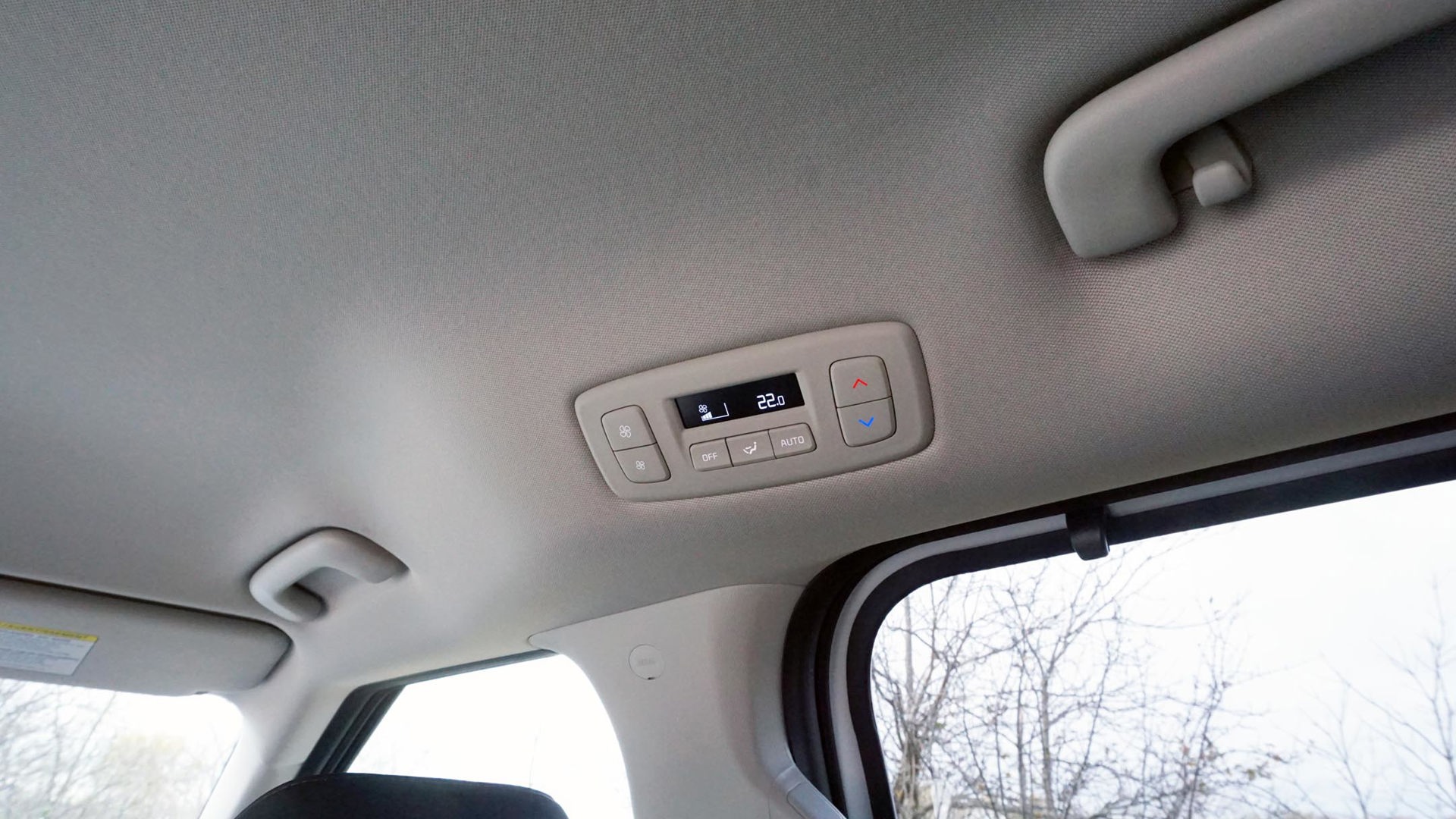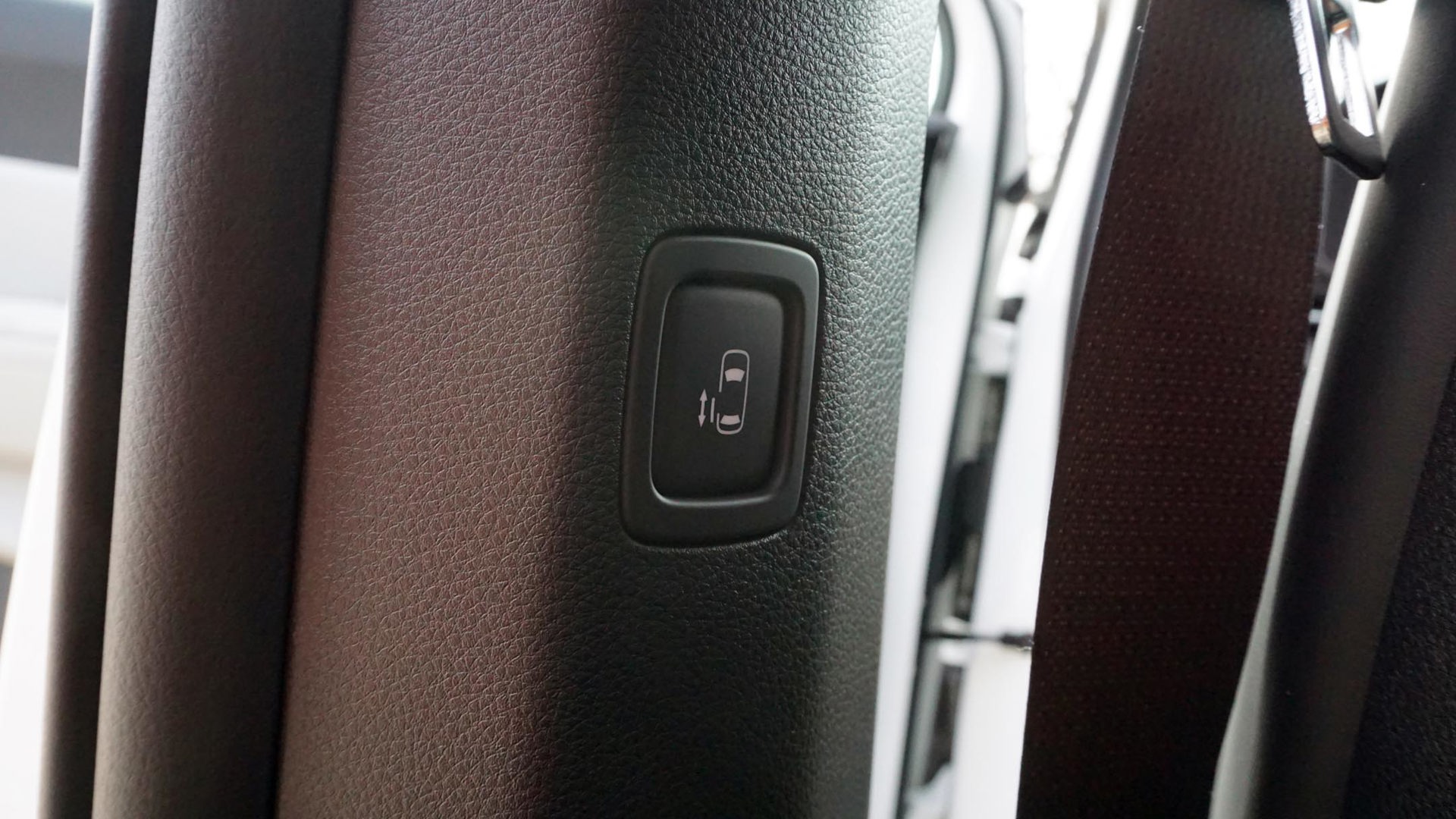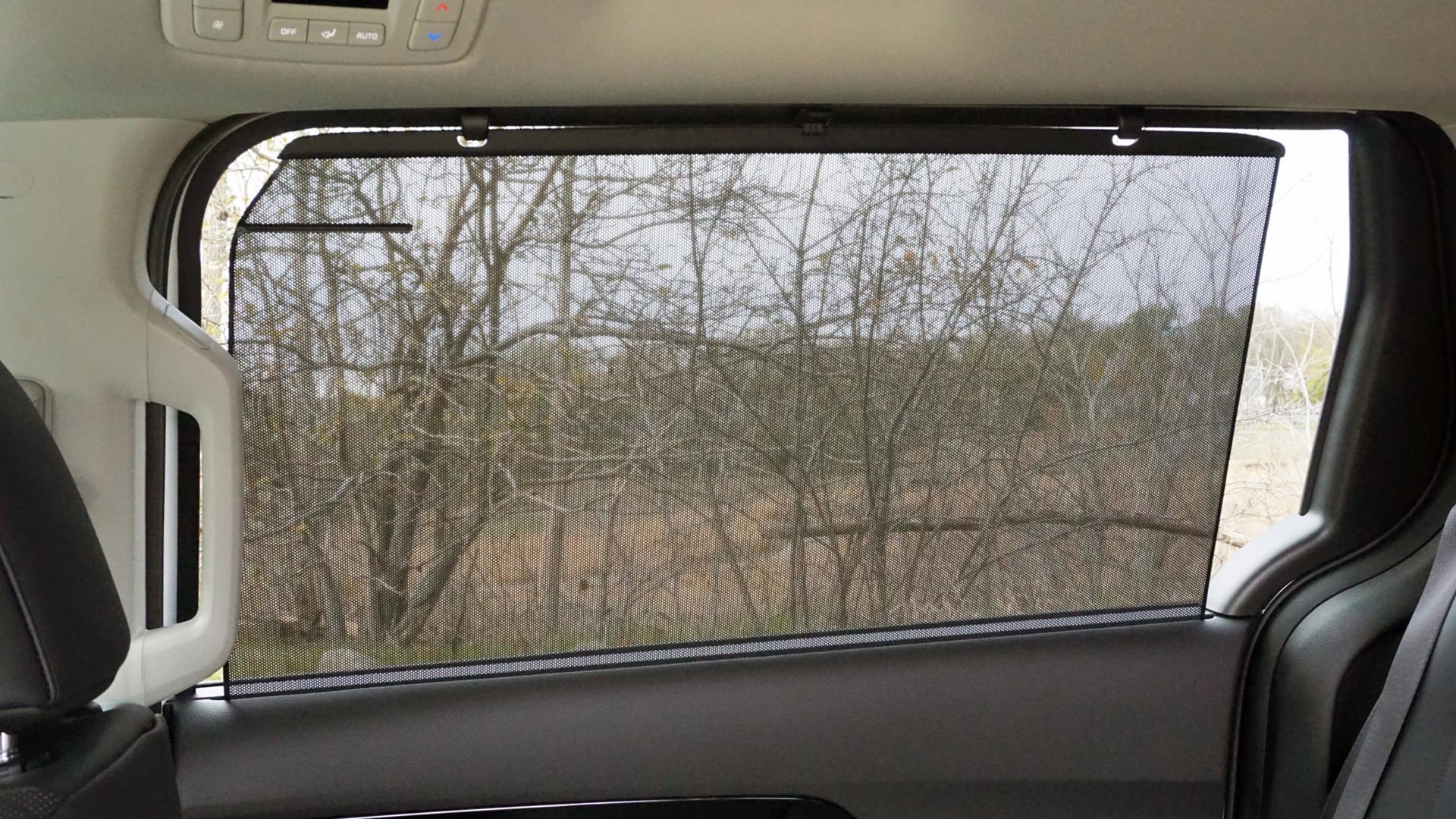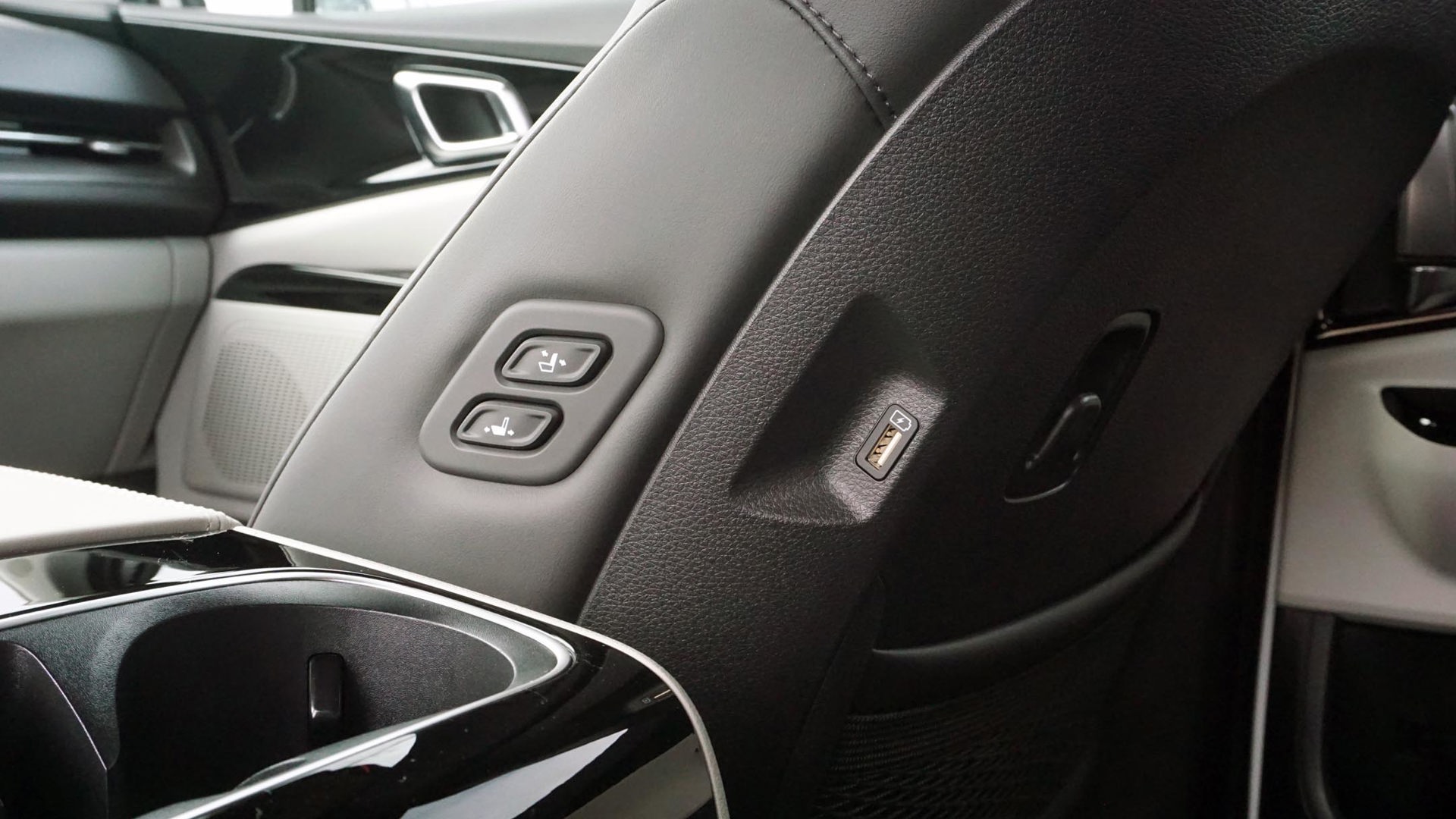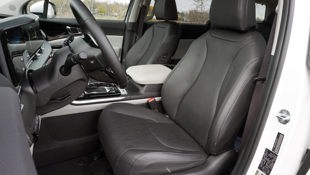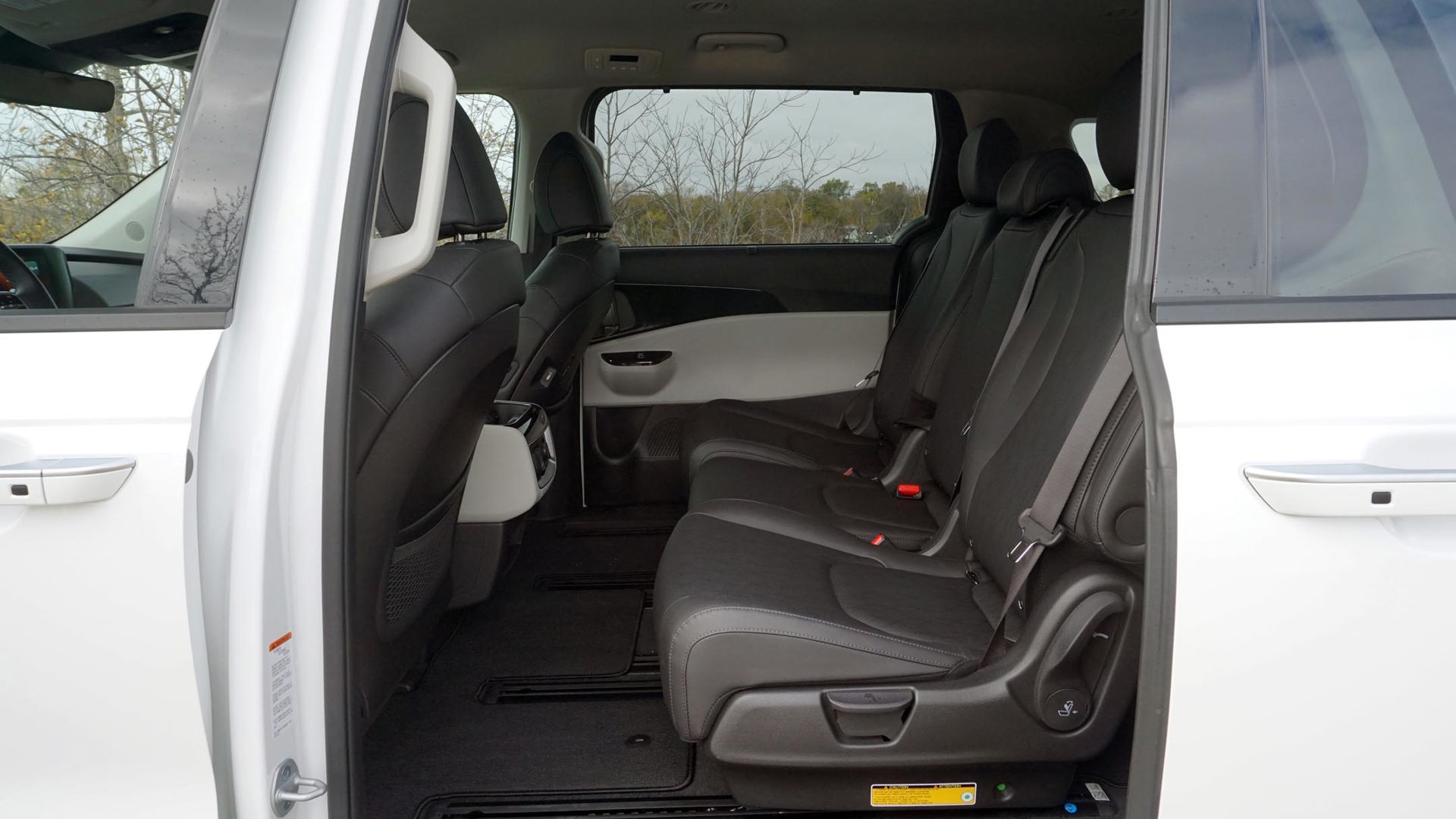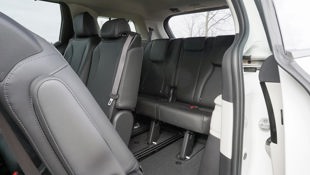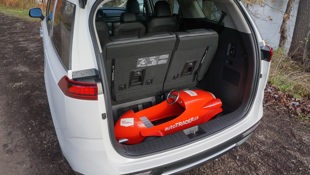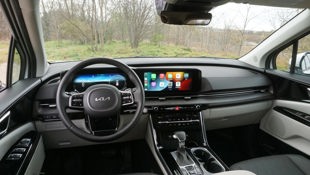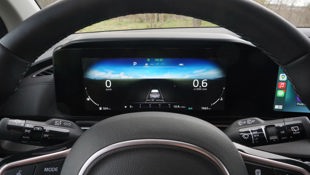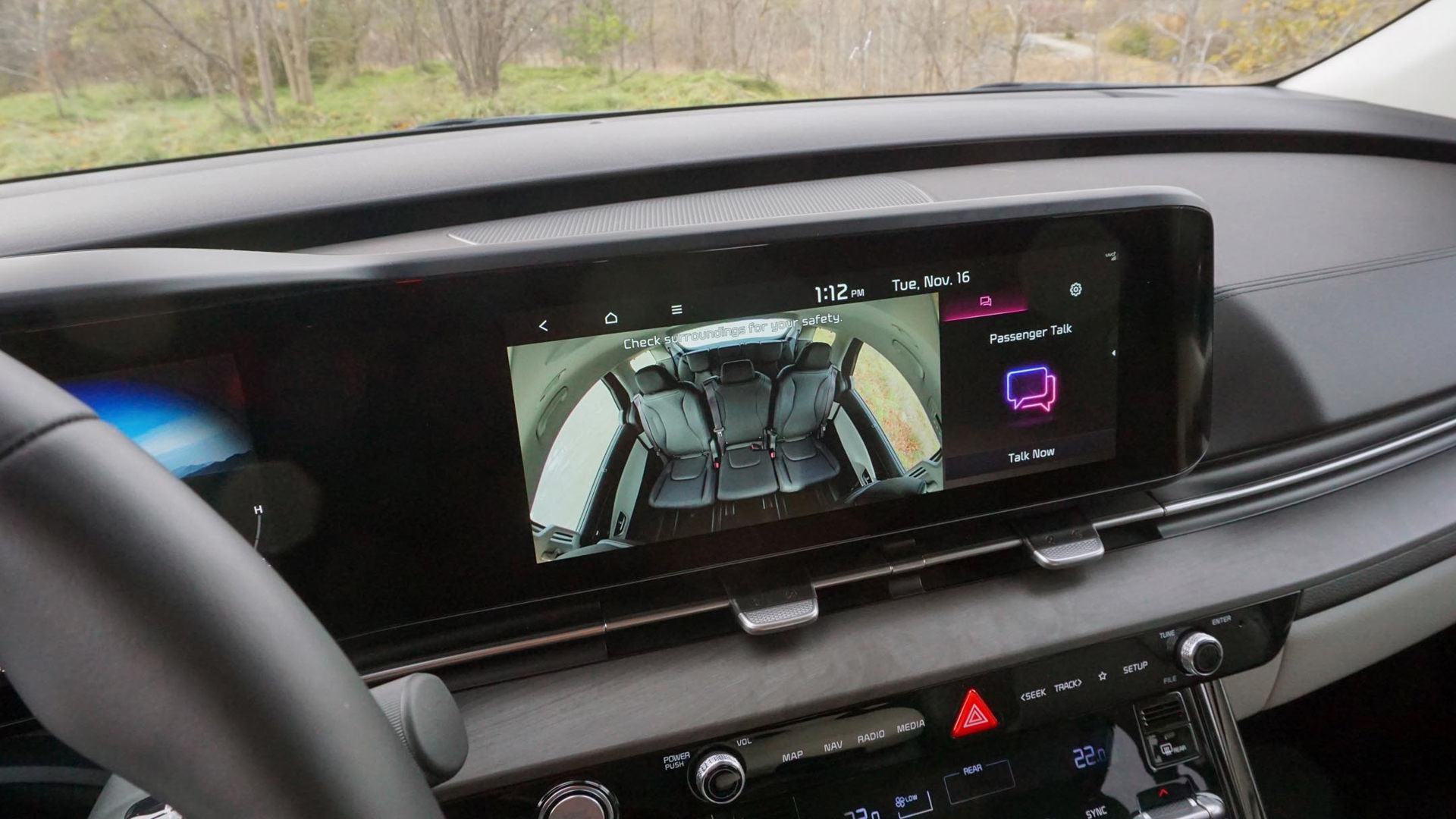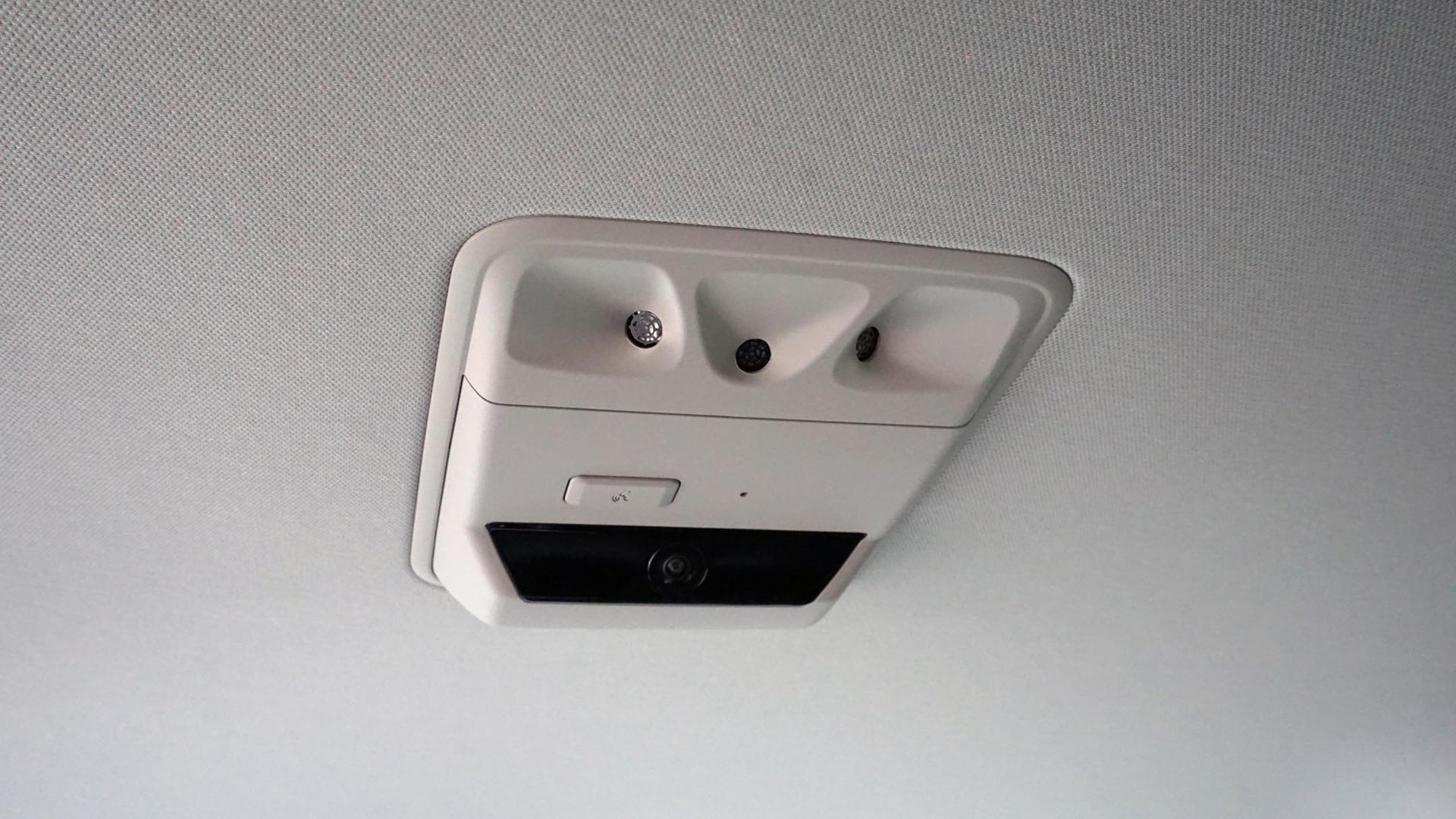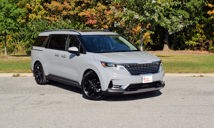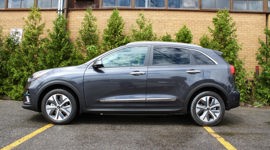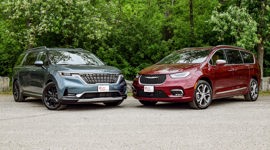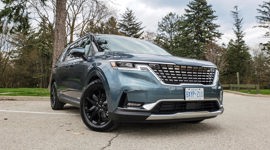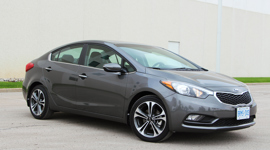 AutoTrader SCORE
AutoTrader SCORE
-
STYLING8/10
-
Safety8/10
-
PRACTICALITY9/10
-
USER-FRIENDLINESS9/10
-
FEATURES8/10
-
POWER10/10
-
COMFORT7/10
-
DRIVING FEEL9/10
-
FUEL ECONOMY6/10
-
VALUE9/10
It seems like just about every minivan review kicks off with a preamble about how much the segment has shrunk in recent years, or why they shouldn’t be overlooked despite widely being declared uncool.
All of that’s true, of course, but the very fact you’re reading this is a good indication that you’re well aware and willing to accept those realities. You probably also know that the segment may be small but it’s thriving – at least in terms of fresh and downright impressive products that are enough to make any perceived image shortcoming an afterthought.
The newest to hit the market is the 2022 Kia Carnival, which is very much a minivan despite the bizarre label the brand has attempted to bestow upon it. Because you aren’t naive, I’m going to spare you the smoke and mirrors: the very fact that this is a van is what makes it such a fantastic family hauler in the first place. It might not be perfect, but as far as functionality goes, it’s hard to beat.
Styling: 8/10
The Carnival name may not be a familiar name in this part of the world, but it’s one Kia’s been using for years elsewhere. More than a simple name change, this Sedona-replacing fourth-gen van features futuristic styling cues that break up the otherwise simple shape. The split front lights in particular are uniquely integrated into the fascia, with the daytime running lights doing double duty as turn signals. Add in the slick light bar that spans the back end, and there’s more here than a pretty face.
It’s not quite as sleek and modern as the overhauled Toyota Sienna inside but it’s a stylish space nonetheless, with digital real estate dominating the dash in the top two trims, including this EX+ tester. There’s perhaps a tad too much glossy plastic inside, which attracts dust and fingerprints faster than a communal iPad, but the two-tone theme here brightens the space at least a little despite the lack of a sunroof.
Practicality: 9.5/10
Obviously, the big sell of a minivan such as this is all the space provided for both people and stuff. To do it right means delivering more than just outright room, though – and that’s something the Carnival does (mostly) well. Again, going back to the Sienna, there’s nowhere near as much small-item storage inside this Kia; however, it’s well-packaged and can be easily reconfigured depending on the task at hand.
The second-row slides on rails, while the front passenger seat can be slid and reclined using buttons on the inside bolster in all but the LX and LX+ trims. And while only the rearmost seats tumble into the floor when folded, the second-row seats are fully removable, which isn’t always the case in this segment. They’re certainly heavy, and a little awkward to lug around, but there’s some 4,110 L of cargo room with them gone – slightly more than the behemoth Chevrolet Suburban offers with all its rear seats down.
Should both rear rows be required, legroom can be divided between them to provide enough for my 6-foot-3 frame to fit with space to spare. Naturally, the second-row is the roomier of the two, but it’s far more accommodating than a large seven-seat sport utility like the Volkswagen Atlas. (As configured, the Carnival offers seating for eight occupants, though only small children will fit three wide in the back.)
With all seats upright, there’s 1,139 L of cargo room – nearly twice as much as the Atlas offers in the same configuration. And because the third row tumbles completely into the floor, the cargo well when those seats are in use is deep enough to keep bags standing upright without the need for a divider. Strangely, Kia doesn’t publish a cargo figure for when the third row is stowed, though it’s similar in size and shape to the Sienna and its 2,129 L in the same configuration.
User Friendliness: 9/10
Stowing either side of the split-folding third row can be done one-handed, while either side of the second row can be tumbled forward to provide reasonable access to the deepest recesses of the passenger area. This is another of the Carnival’s core strengths, with the massive sliding doors making climbing in and out or loading little ones into car seats a breeze. Those sliding doors – which open and close via power on all but the base trim, by the way, as does the tailgate – also reduce the risk of an errant door ding in the grocery store parking lot.
There’s a strong sense of command and control from the driver’s seat, with outstanding outward visibility in most directions afforded by the massive windows all the way around. It’s only the passenger-side rear three-quarter view that’s obscured by the second-row headrest, but the door mirrors help to minimize blind-spots, while the EX+ and SX trims benefit from camera-based blind-spot monitoring that shows a live look at either side of the van when the corresponding signal is activated.
Controls are just as easy to see and understand from either front seat, although the touch-based ones for HVAC and infotainment functions in the top three trims aren’t as easy to use as physical buttons. Thankfully, volume and tune adjustments are managed via knobs, while temperature control is done through the use of rockers down low on the centre stack. And then there’s the massive 12.3-inch touchscreen that runs one of the simplest infotainment interfaces around, while phones can be connected seamlessly via Android Auto or Apple CarPlay, both of which run in a full widescreen format.
The infotainment system also benefits from shortcuts on the centre stack and steering wheel that allow certain items that lack dedicated buttons of their own to be called up quickly. So, for instance, those smartphone connections can be accessed via the programmable button on the steering wheel, while the passenger-view camera that projects a live look at the rear seats on the infotainment screen can be called up using a similar haptic button on the centre stack.
Features: 8/10
That camera – along with a microphone system that amplifies the driver’s voice through the speakers in the back of the van, and a quiet mode that cuts audio to the rear speakers and limits volume to a low level – only comes in the EX+ and SX trims, but plenty of other family-friendly features can be found lower in the lineup. The power sliding doors and tailgate that are fitted to all but the base model, for example, along with heated front seats and a heated steering wheel, tri-zone automatic climate control, and roof rails are equipped on all but the cheapest trim.
Meanwhile, standard fare across the lineup includes touchscreen infotainment (the display measures eight inches lower in all but the top two trims), Apple CarPlay and Android Auto smartphone connections, and alloy wheels, among others, though most of the good stuff is reserved for pricey trims like this EX+ tester.
Safety: 8.5/10
That includes some – though not all – advanced safety systems. Where Toyota and Honda have both fitted their respective entries in this segment with robust suites of such features no matter the price point, the Carnival only gets a smattering of them lower in the lineup. So forward collision warning with automatic emergency braking is standard, as is lane-keeping and -following assist; but blind-spot monitoring with rear cross-traffic alert and adaptive cruise control aren’t included in the LX and LX+ trims.
Once again, moving up to either the EX+ or SX trims is where you’ll find the best the Carnival has to offer, including navigation-based adaptive cruise control that will automatically slow the van down when the road curves, and well as camera-based blind-spot monitoring, and a so-called junction turn assist system that warns of oncoming traffic that may not be visible when making a left-hand turn through an intersection. It’s a reassuring system that takes some of the stress and anxiety out of nosing into a busy intersection, and it works silently in the background until it needs to sound the alarm.
The rest of the safety stuff works in a similar manner with the exception of the lane-following function, which adds steering assistance to the drive. It’s just not especially smooth with its inputs, with constant micro-corrections that you can see and feel. Where a similar system from Nissan, for instance, is barely noticeable while it works, this one could use some refinement. Fortunately, lane-keep assist is a separate function that can be used without the lane-follow feature, should you prefer.
Power: 10/10
For how funky and futuristic the Carnival looks, what’s under the hood is still fairly conventional. Where the Toyota Sienna has gone gas-electric, and the Canadian-made Chrysler Pacifica can be had with a plug-in hybrid (PHEV) powertrain, the Carnival uses a 3.5L V6 that generates 290 hp and 262 lb-ft of torque.
The plus side is that this front-wheel-drive family hauler has genuine guts, with smooth and strong acceleration in spite of its curb weight that’s in the neighbourhood of 2,100 kg (4,630 lb). Paired with an eight-speed automatic transmission that snaps off shifts that are barely perceptible, the Carnival is a steady performer.
Fuel Economy: 6/10
On the downside, it’s not especially modern or efficient – particularly next to the Sienna. Where that van sips fuel without much effort, the Carnival has a healthy appetite for regular-grade gas. Officially, it’s rated to burn a combined 10.6 L/100 km, which puts it in the same ballpark as SUVs like the Kia Telluride or Volkswagen Atlas, two of the biggest three-rows out there this side of truck-based ones like the Chevrolet Tahoe and Suburban.
While an initial evaluation drive spanning some 220 km across major and secondary highways, with some city driving mixed in for good measure, saw the Carnival consume an indicated 9.7 L/100 km, the full week of testing returned a less-than-stellar average of 13.2 L/100 km over the course of 585 km. By comparison, the Sienna managed an average of 6.4 L/100 km during wintertime testing – and it was equipped with all-wheel drive.
Driving Feel: 9/10
As these scenarios so often go, however, the trade-off is in the driving department. Where the Sienna feels sleepy and strains itself to get up to highway speed, the Carnival isn’t anywhere near as lazy or lumbering as you might expect such a large vehicle to be. The steering is impossibly light for such a big and heavy family-hauler, but it’s quick and responsive – handy in the event of an evasive manoeuvre. There’s certainly some body roll to contend with, but it’s no worse than a large three-row SUV.
Comfort: 7.5/10
There’s also a nice ride quality here, although that’s not the case all the time. While the Carnival does have a multi-link suspension in the back instead of a torsion beam it sometimes feels like it’s the other way around, and it gets a little clunky when you go over potholes and broken pavement at city speeds. It’s not necessarily uncomfortable, it’s just a major contrast to how smooth it is out on the highway.
There’s perhaps a touch too much wind noise around the front doors at highway speeds, but it’s easily masked by an extra notch or two on the stereo. Likewise, the front seats are a little firm and flat-feeling despite having some share to them, while the artificial leather in this second trim from the top isn’t an especially convincing fake, but it’s comfortable enough to cruise around in while the three-stage heat warms up in a hurry.
Value: 9/10
For all the 2022 Kia Carnival has going for it as a family hauler, its affordability simply can’t be ignored. With a pre-tax starting price of $36,645 including a non-negotiable freight charge of $1,850, it’s the most affordable minivan on the market by a good margin. Not even the Canadian-made Chrysler Grand Caravan is this cheap, with a starting price north of $40,000 just like the rest of the segment. And while the Carnival tops out around $50,500 before tax, rivals like the Sienna, Odyssey, and Pacifica can easily cost thousands more. Likewise, big SUVs like the Telluride and Atlas are significantly more expensive when similarly equipped.
The Verdict
Look, I can’t force you to buy a minivan, but since you’ve made it this far I’m assuming it’s because you might actually consider one, and if that’s the case, the 2022 Carnival has a lot to like. It’s affordable, spacious, and endlessly usable – characteristics that make it an outstanding family hauler. This isn’t a “life utility vehicle,” as Kia calls it, it’s a van (and a damn good one, I might add).
If you’re struggling with the image issue of driving such a pantheon of practicality, I have some advice: go to your local dealer and drive this back to back with the Telluride. Don’t forget to dig around inside both, too, and get a sense of how they differ. That doesn’t necessarily mean you’re going to fall in love with the Carnival, but if you keep an open mind, I think you’ll like what you find here.
| Engine Displacement | 3.5L |
|---|---|
| Engine Cylinders | V6 |
| Peak Horsepower | 290 hp @ 6,400 rpm |
| Peak Torque | 262 lb-ft @ 5,000 rpm |
| Fuel Economy | 12.0 / 8.9 / 10.6 L/100 km cty/hwy/cmb |
| Cargo Space | 1,139 / 2,460 / 4,110 L behind 3rd/2nd/1st row |
| Model Tested | 2022 Kia Carnival EX+ |
| Base Price | $45,595 |
| A/C Tax | $100 |
| Destination Fee | $1,850 |
| Price as Tested | $47,795 |
|
Optional Equipment
$250 – Storm Blue Paint, $250
|
|
